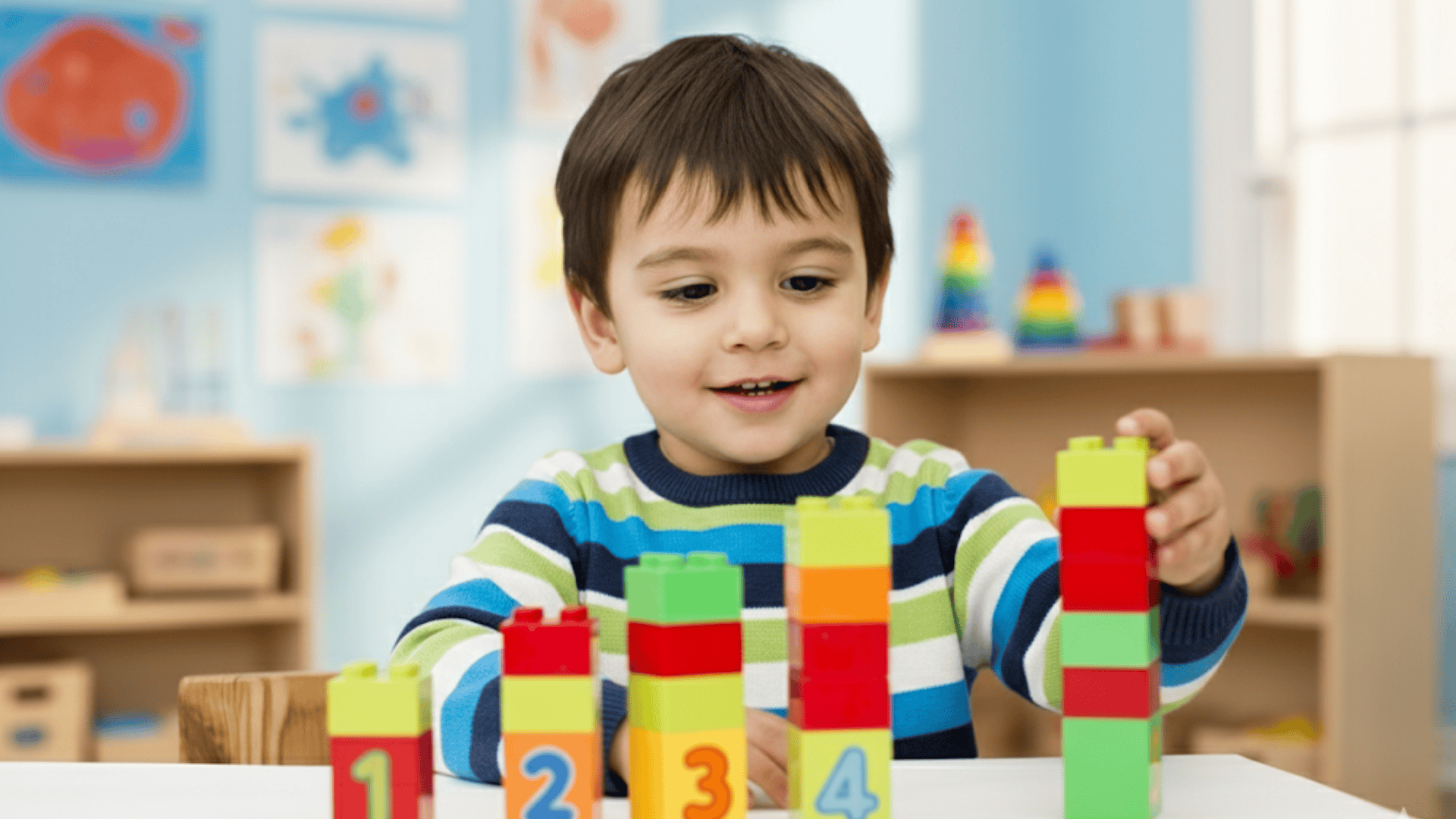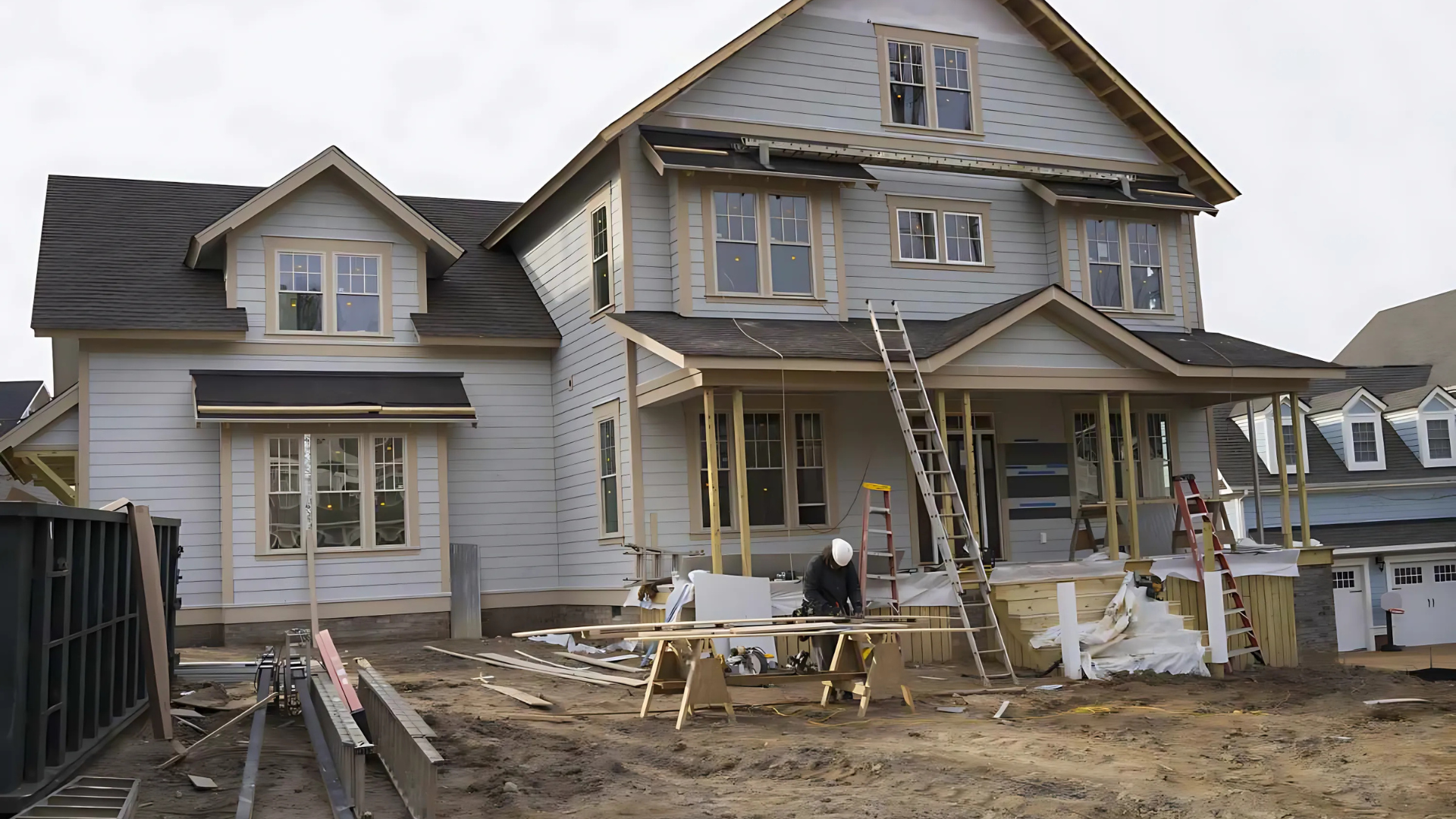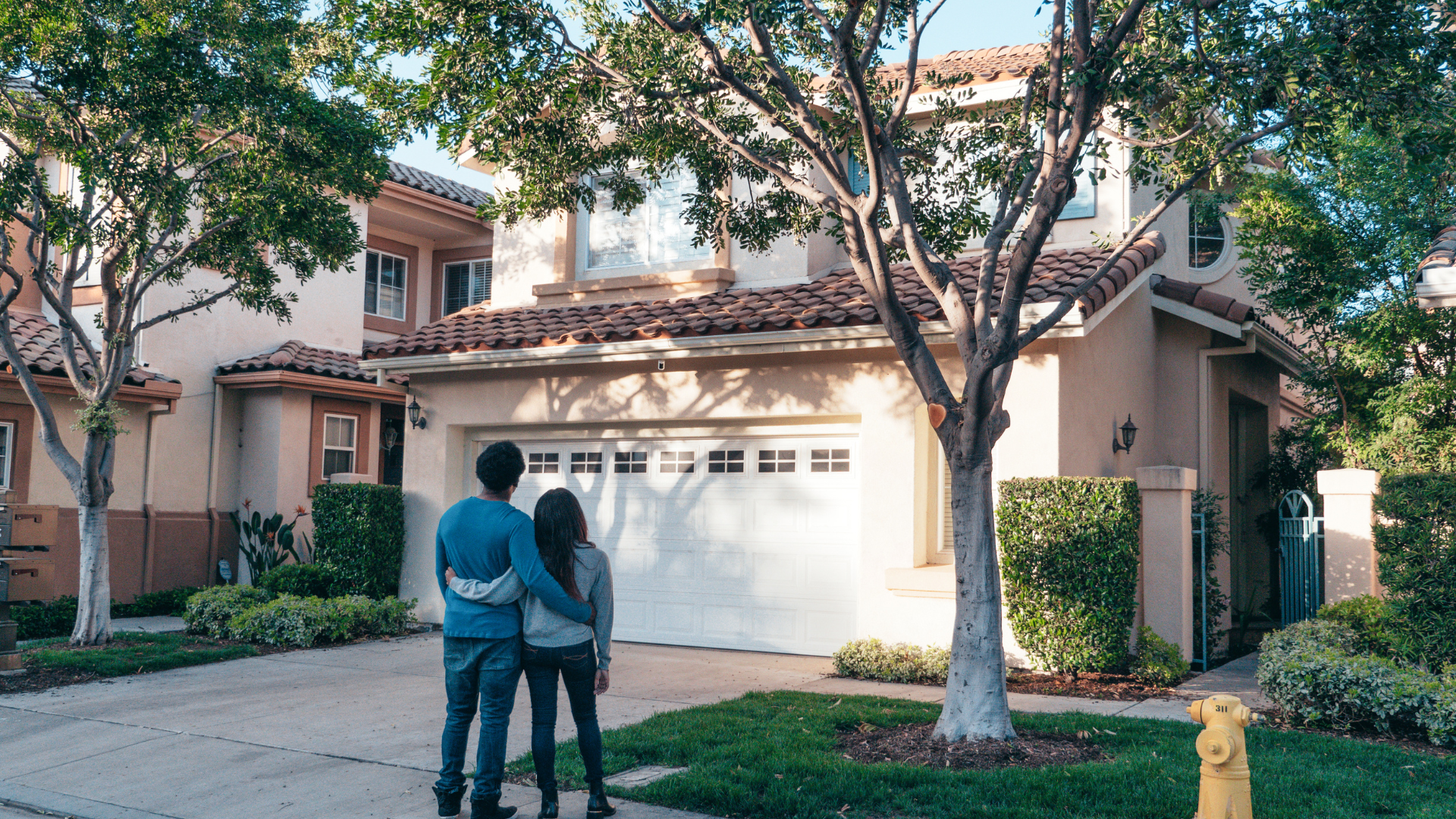Math doesn’t have to look like worksheets or drills; it can be simple, playful, and part of everyday life. You probably want the same for your preschooler; easy ways to make numbers feel fun instead of stressful.
In this blog, you’ll find math activities for preschoolers that turn counting, shapes, patterns, and comparisons into games, songs, and hands-on play.
By the end, you’ll have plenty of activities to try at home or in the classroom, making math feel natural for kids.
Introducing Maths to Preschoolers
Math might sound big for little kids, but it starts with small steps. Preschoolers learn best through play, stories, and everyday routines.
They don’t need worksheets or drills; just fun ways to learn numbers, shapes, and patterns.
At this stage, the goal isn’t solving problems but building comfort with math concepts.
Counting toys, noticing shapes around the house, or singing number songs all help. These small moments add up and make math part of daily life.
When you keep it light and playful, kids naturally stay curious. They’ll see math as something fun instead of something hard.
What Math Skills Do Preschoolers Need?
Preschoolers don’t need advanced math, but they do benefit from a strong foundation. The focus is on basic skills that make numbers and patterns part of everyday life.
- Number sense: counting objects, recognizing numbers, and connecting numbers to quantities.
- Shapes and spatial reasoning: noticing circles, squares, and triangles, and understanding how things fit together.
- Patterns and sorting: grouping objects by color, size, or type, and spotting simple patterns.
- Comparison: learning more vs. less, big vs. small, and understanding differences.
- Measurement: learning about length, weight, and capacity using simple tools or objects.
- Problem-solving: trying out ideas, testing solutions, and using logical thinking in play.
These skills grow naturally when math is introduced through games, play, and daily routines.
Interactive Math Activities for Preschoolers
Math is easier for preschoolers when it feels like play. These activities turn numbers into fun experiences that kids can enjoy every day.
Counting and Number Sense
Counting is one of the first math skills children pick up. These games help them connect numbers to objects, making counting more meaningful:
1. Nature Counting Walk
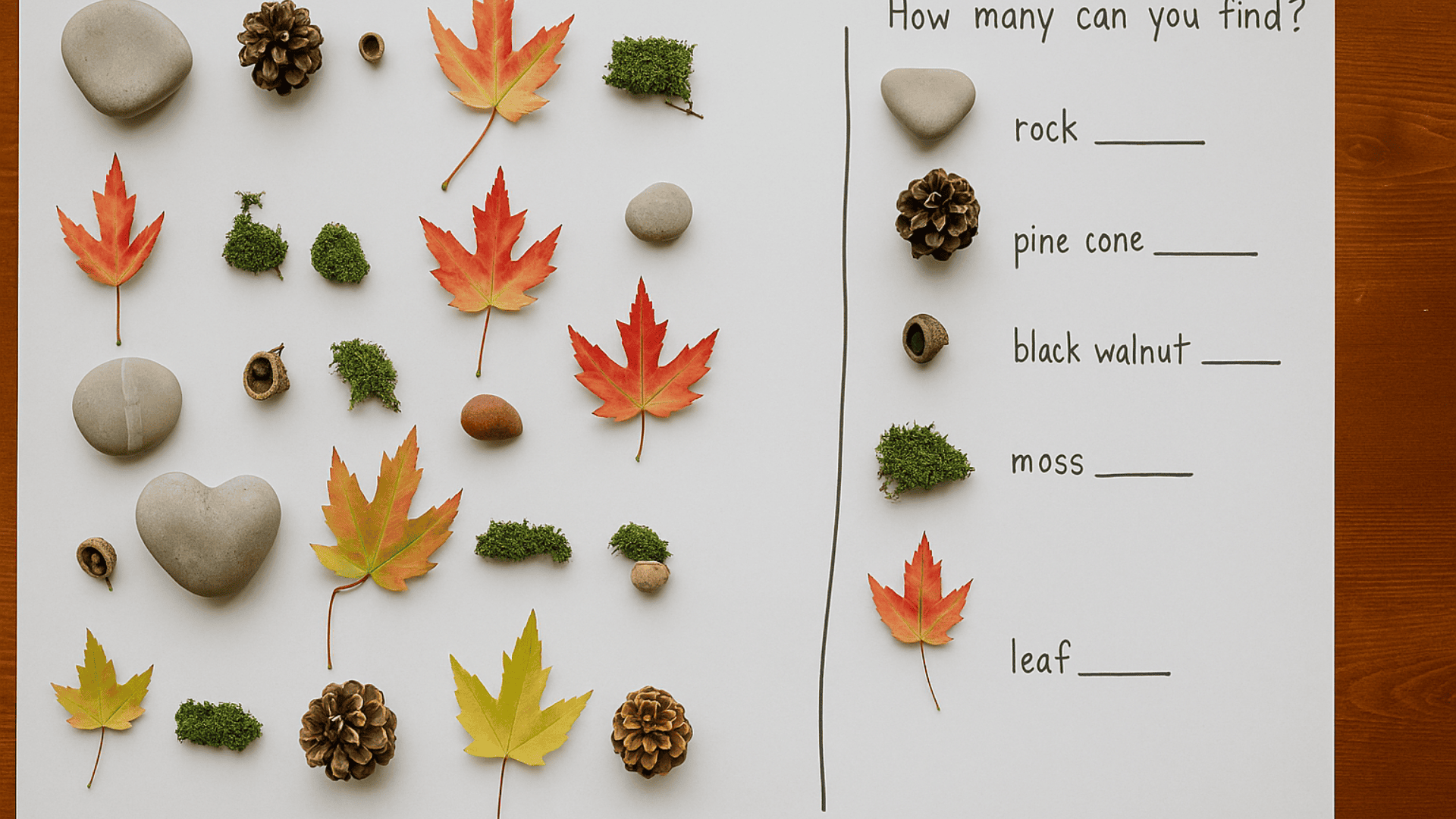
Take your child on a short walk outside and ask them to count and collect what they see, such as leaves, flowers, stones, or even birds.
At home, write how many with the specific item your kid collected and asked them to count and write.
This hands-on approach helps preschoolers connect numbers to real objects in their environment, fostering a deeper understanding of numbers and their applications.
2. Dice Roll and Object Counting
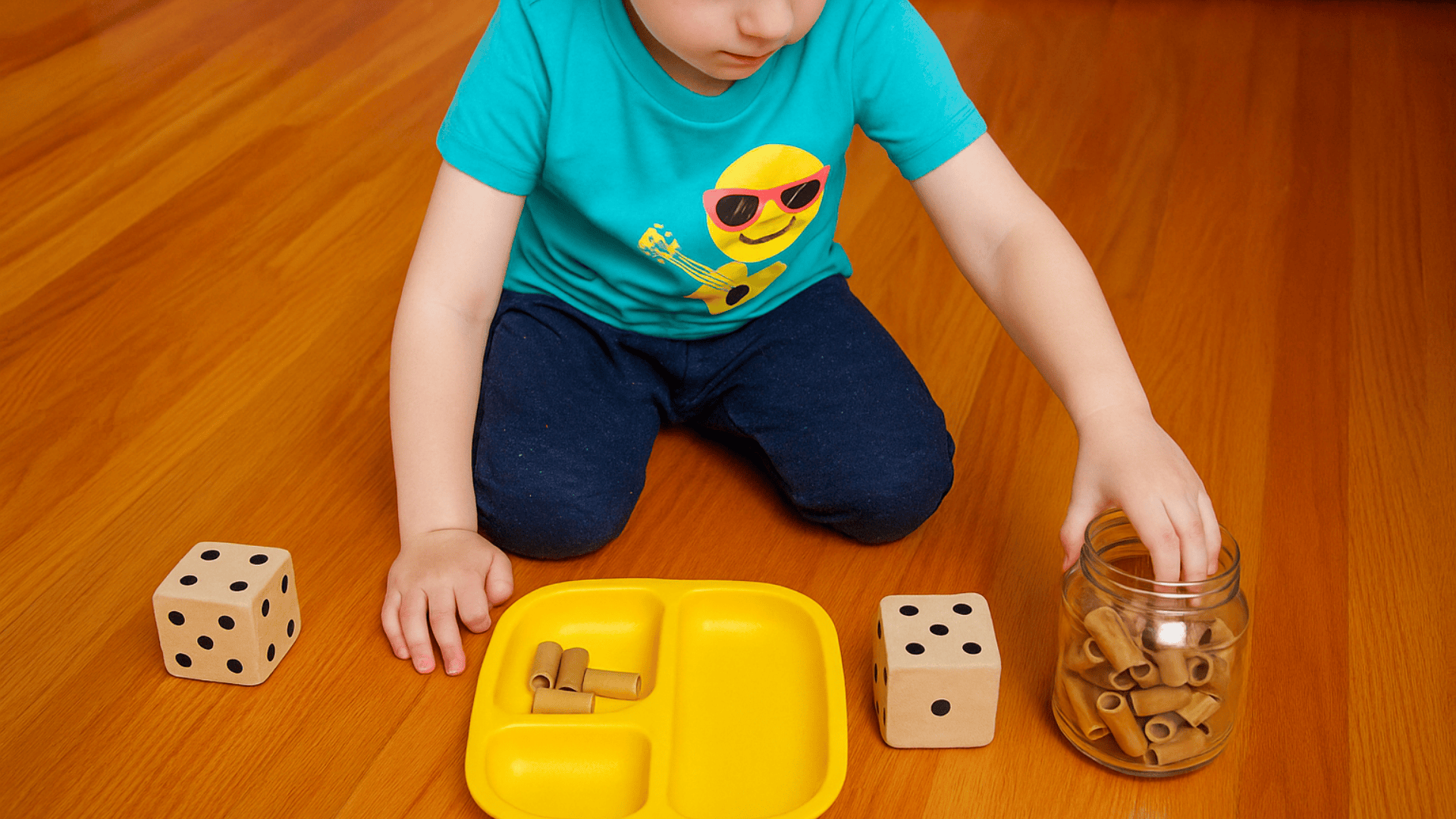
This game is a fun way to connect numbers with real objects. All you need are a pair of large dice, a small tray, and simple items like beads, blocks, or pasta pieces.
Your child rolls the dice, counts the dots, and then places the same number of objects in the tray. It’s interactive and hands-on, which helps kids understand that each number matches a real item.
3. Number Scavenger Hunt at Home
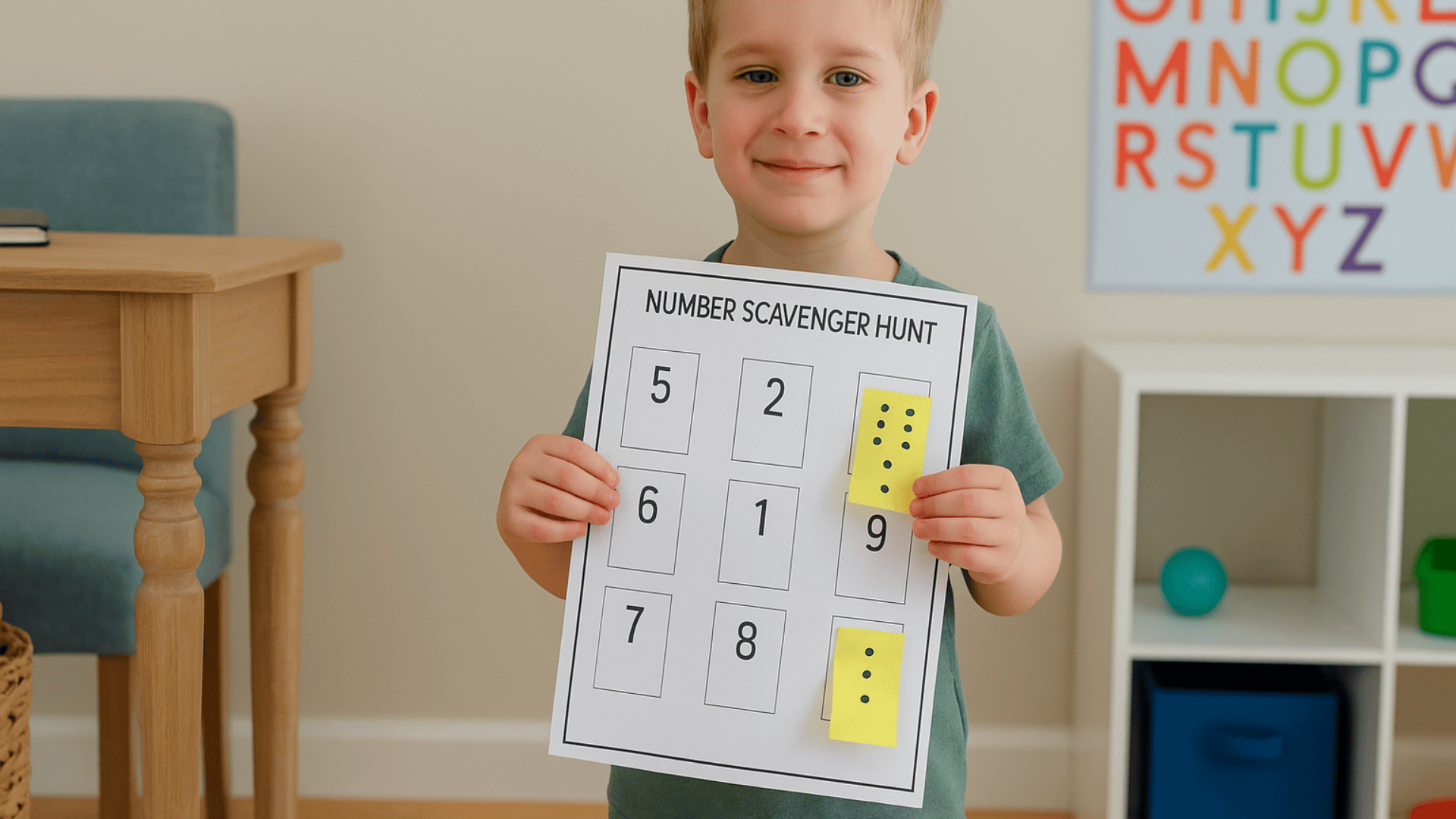
This activity makes number learning active and exciting. All you need are number cards or sticky notes with dots and a simple scavenger hunt sheet.
Your child searches for the hidden cards and matches them to the right numbers on the sheet; for example, placing a card with five dots on the number 5.
It combines movement with learning, keeping kids engaged. Plus, it’s flexible; you can set it up indoors for a calm afternoon or take it outside for extra fun
4. Counting with Toys and Snacks
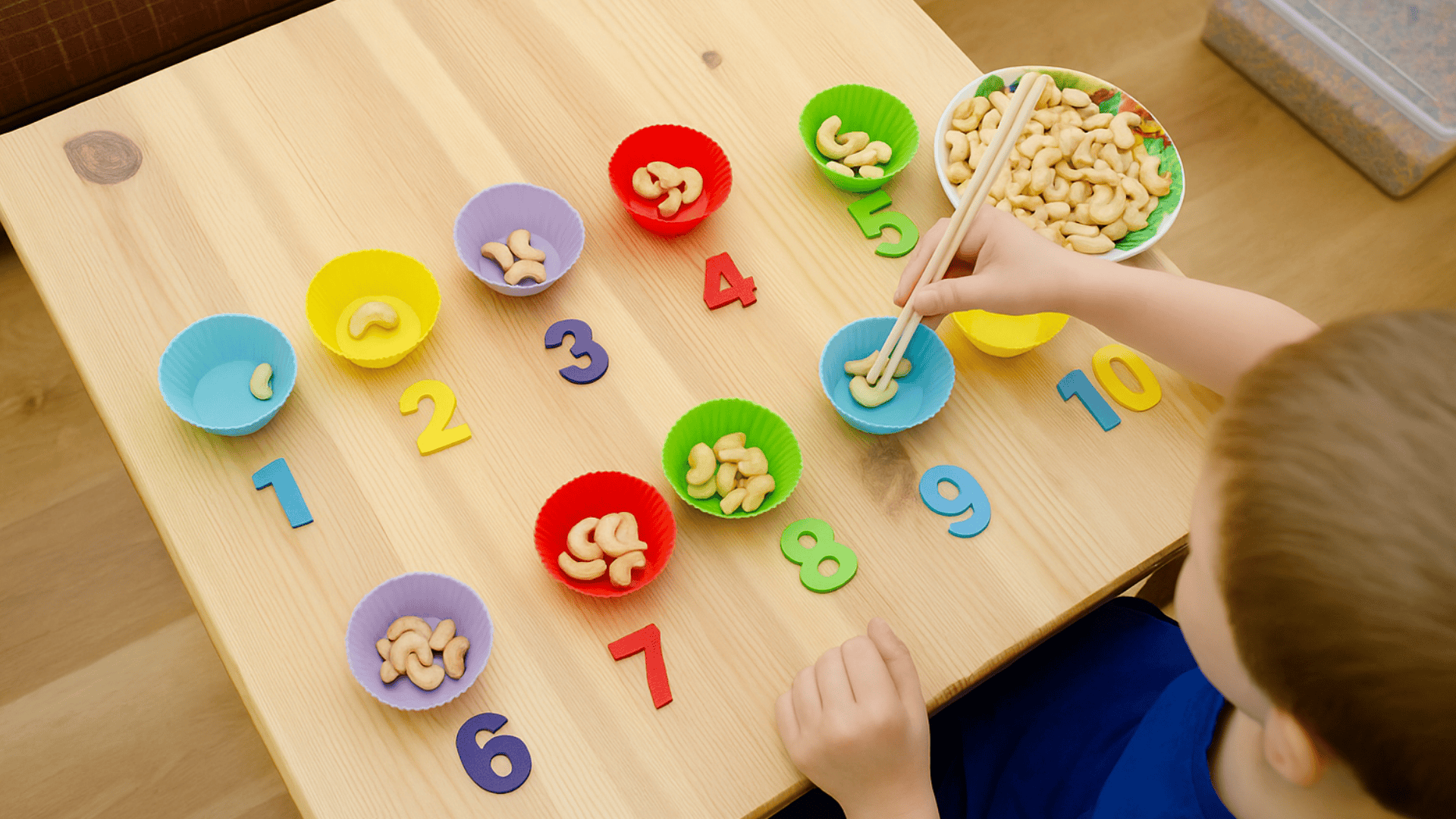
Set out a small pile of toys, fruits, or snacks like crackers. Encourage your child to count them one by one. You can add a playful twist by asking them to “eat two” or “give me three.”
This everyday activity shows kids that numbers are useful and part of daily routines. It also helps them practice counting forward and backward in a fun way.
5. Counting with Everyday Objects
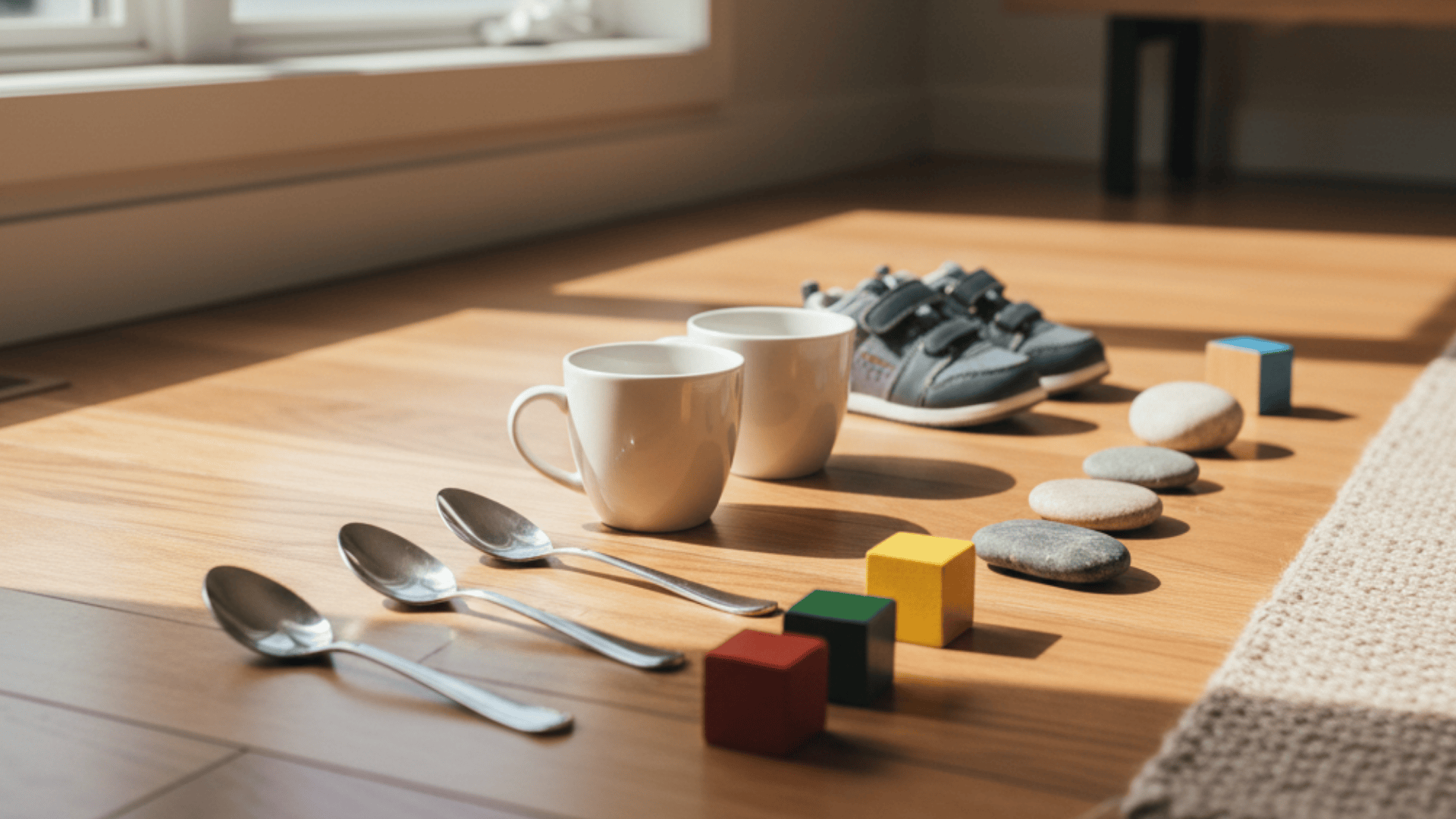
Use items already around the house, such as spoons, cups, or shoes, for counting practice. Line them up and ask your child to count aloud while pointing at each item.
You can group them in twos or threes to introduce early grouping. This activity is simple but powerful, showing preschoolers that math isn’t limited to books or classrooms; it’s part of everyday life.
6. Bead Stringing and Counting
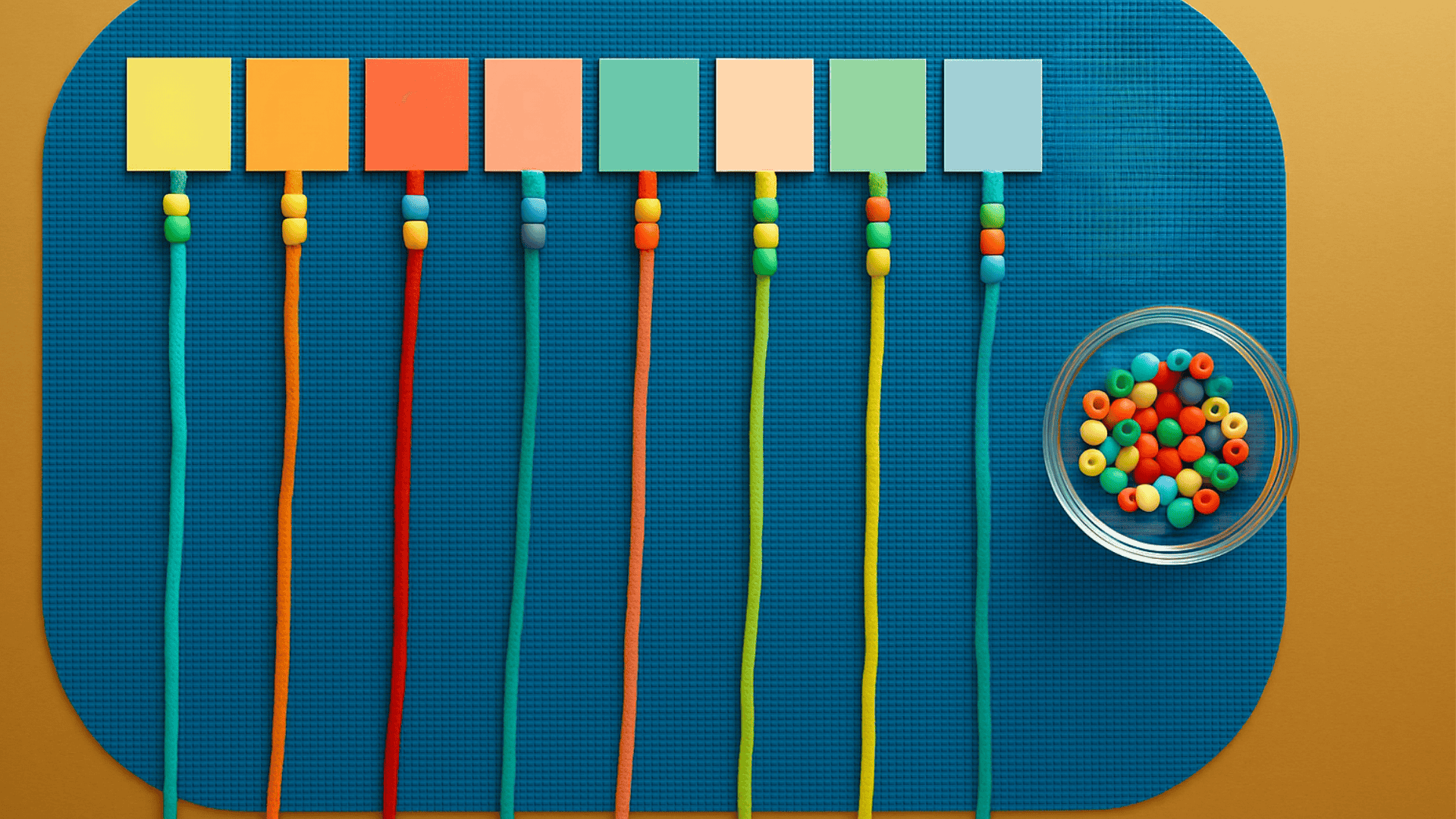
Give your child a string and some large beads. As they place each bead on the string, encourage them to count out loud. You can also introduce simple patterns, like one red bead followed by two blue ones.
This activity improves counting skills while also strengthening fine motor control. Preschoolers enjoy creating something they can wear or show off afterward, making learning more rewarding.
7. Button Sorting in Jars
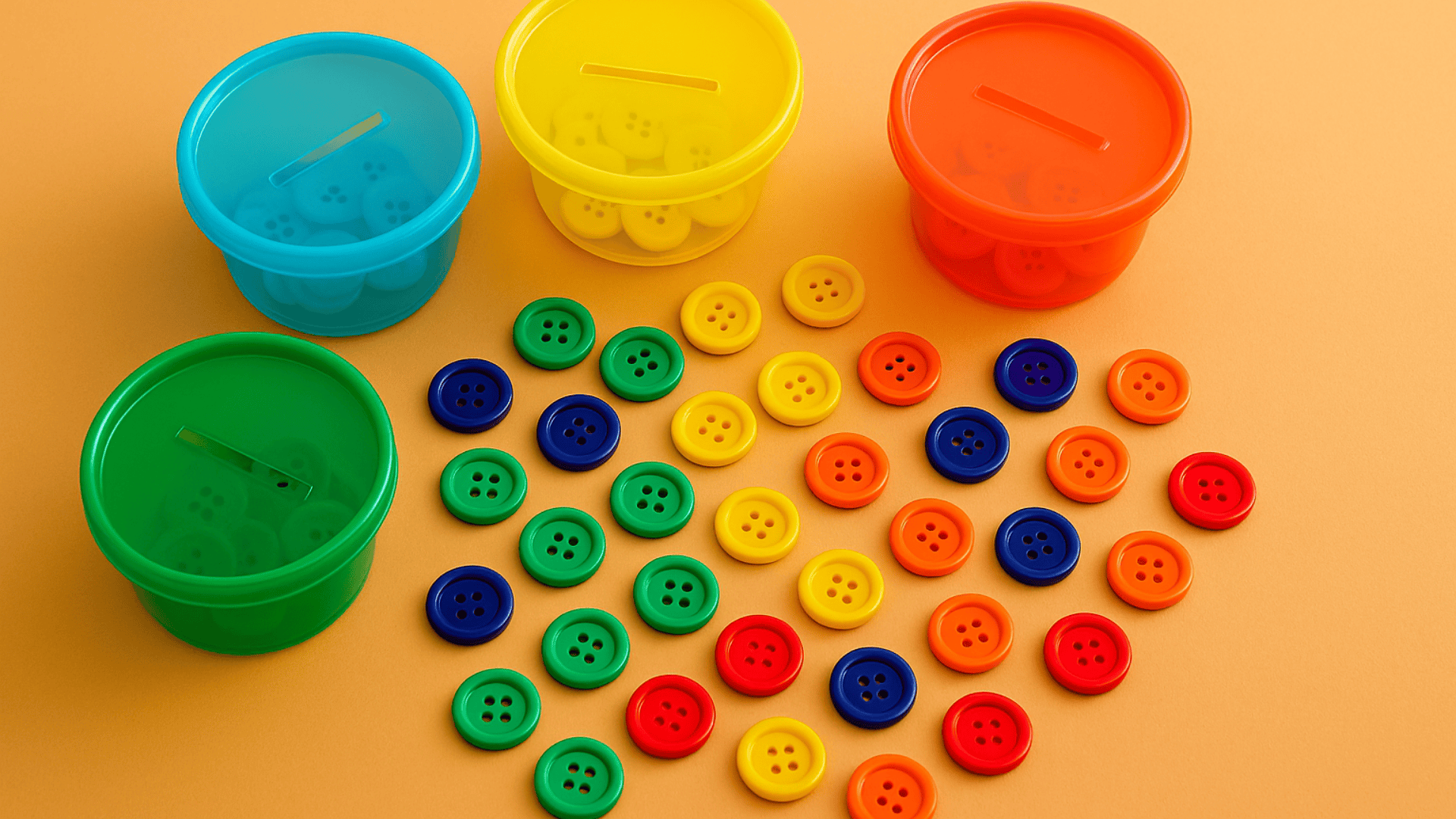
Provide a handful of buttons in different colors or sizes along with small jars or cups. Ask your child to sort the buttons by color or size, then count how many are in each jar.
You can make it a game by timing them or asking which jar has more. This activity builds early math vocabulary like “more” and “less” while practicing sorting and counting.
8. Number Hopscotch

Draw a hopscotch grid outside with chalk or tape one indoors with painter’s tape. Number each square and encourage your child to jump to a number you call out.
You can also let them toss a small object and hop to that number. This combines physical movement with number recognition and counting, making it perfect for energetic preschoolers who learn best through play.
Shapes and Geometry Play
Shapes are all around us, from windows to dinner plates. These activities help preschoolers notice shapes, compare them, and understand how they fit together:
9. Shape Hunt Indoors and Outdoors
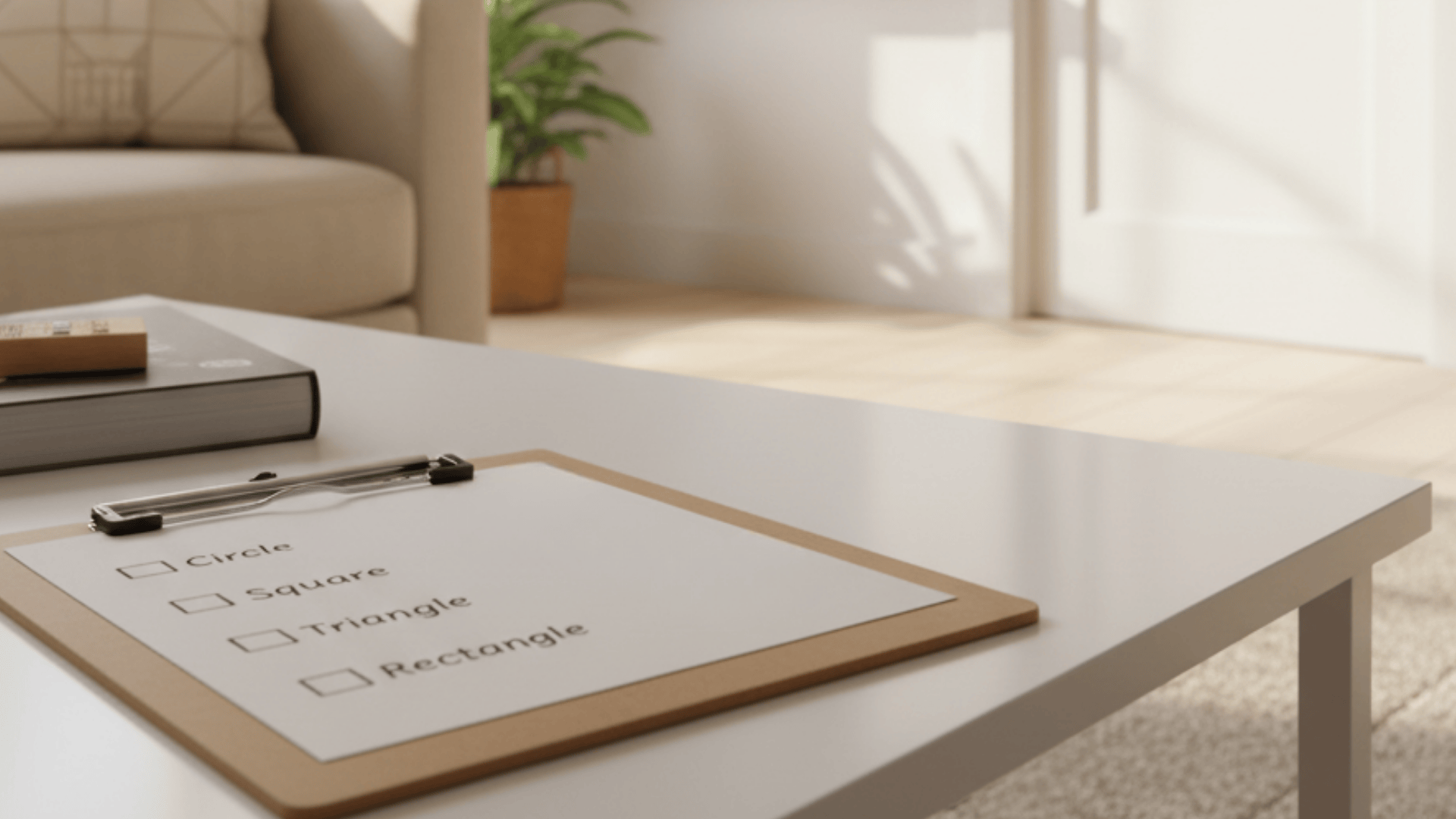
Ask your child to find objects shaped like circles, squares, or triangles around the house or yard. For example, a clock for a circle or a door for a rectangle.
You can keep a simple checklist and let them tick off shapes as they go. This activity makes shape recognition fun and real by connecting it to things they see every day.
10. Building with Blocks (Compare Towers)
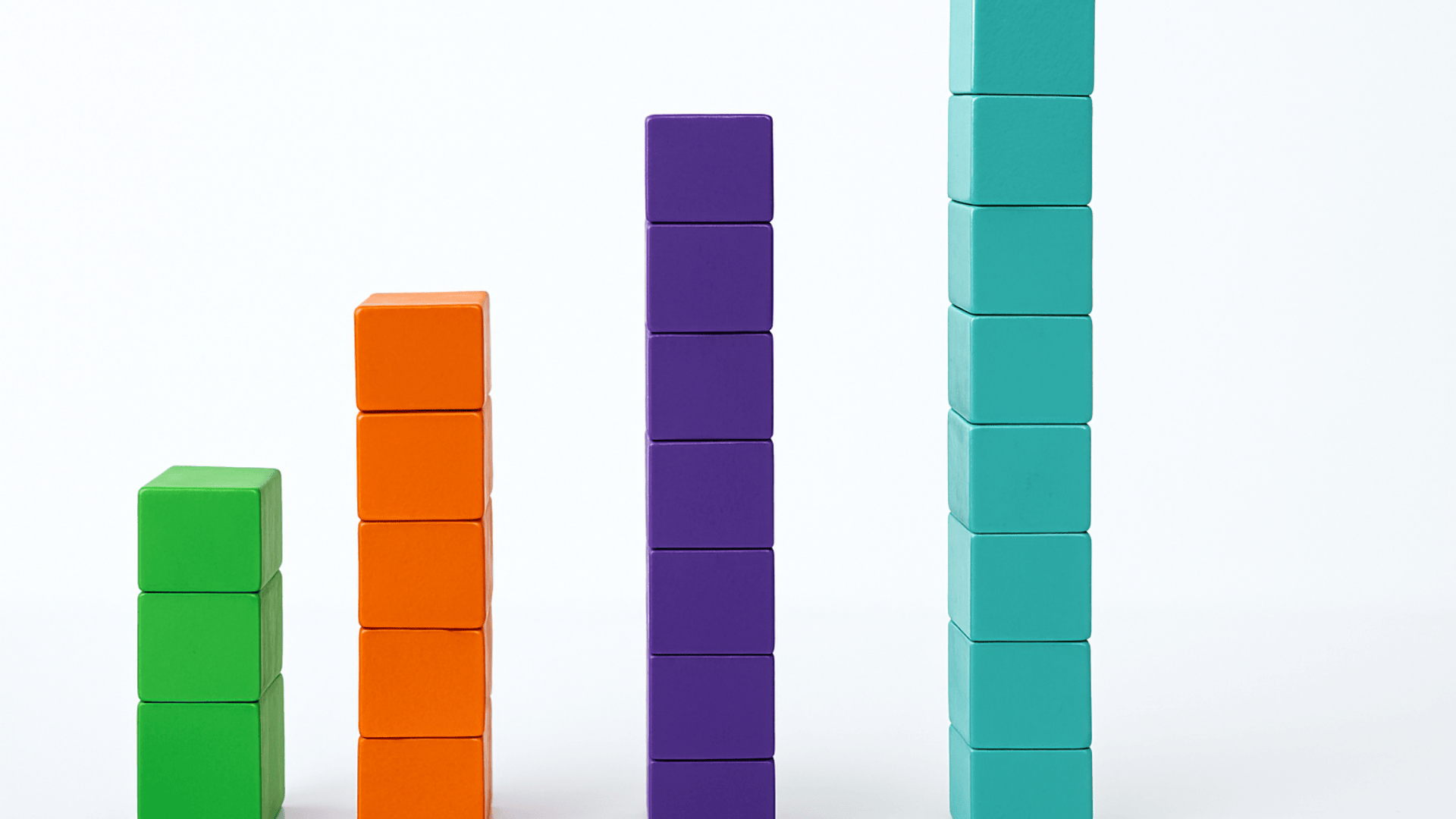
Give your child a set of blocks and encourage them to build towers of different heights. Once built, ask which tower is taller, shorter, or the same size.
You can also count how many blocks each tower has. This activity teaches shapes, sizes, and comparison while encouraging creativity. Kids love the building part, so learning feels natural and exciting.
11. Puzzle and Tangram Play
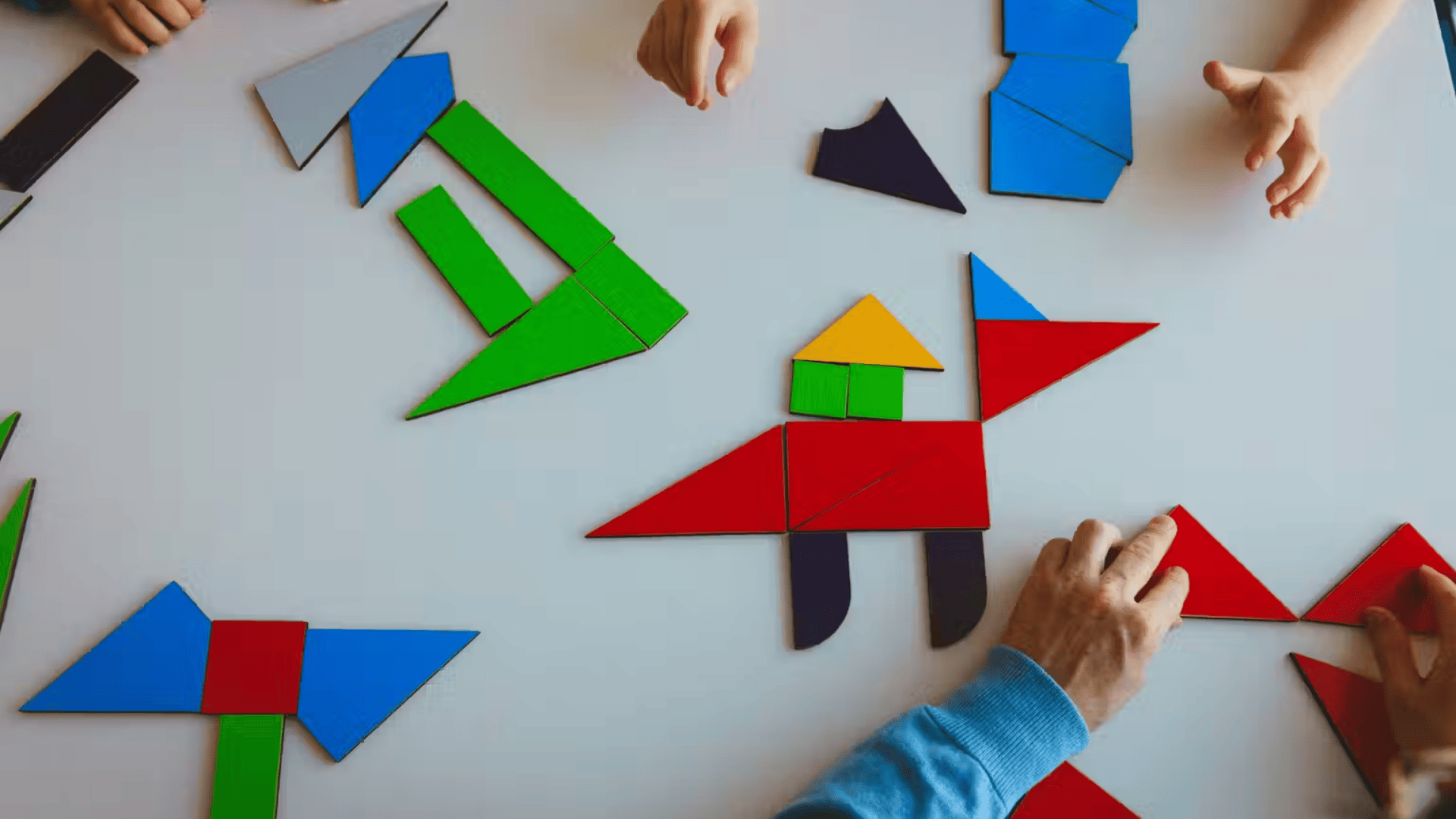
Offer simple shape puzzles or tangram sets for your preschooler to solve. Guide them as they fit triangles, squares, and rectangles into the right spaces.
Talk about the shapes as they play, reinforcing their names. This helps with spatial reasoning and problem-solving. Puzzles also give kids a sense of achievement when they complete them, keeping them motivated to try again.
12. Playdough Shape Mats

Roll out some playdough and provide mats or cards with shapes drawn on them. Ask your child to form the shapes by rolling and pressing the dough.
You can start with basic circles and squares before moving to stars or hearts. This activity builds shape recognition while boosting hand strength. It’s a sensory-friendly way to combine art and math in one session.
13. Shape Building with Sticks
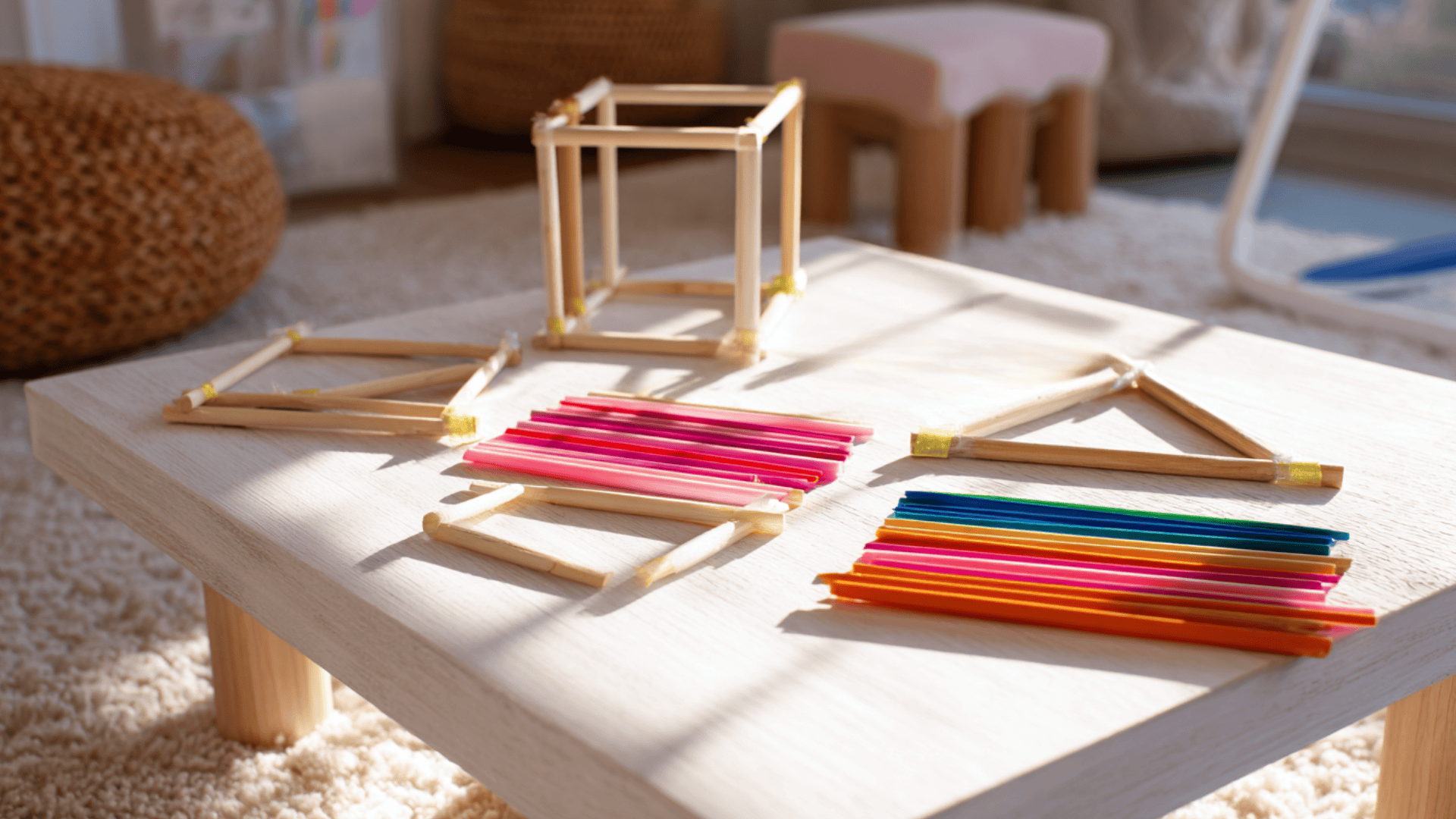
Give your child craft sticks, straws, or even twigs from outside. Ask them to arrange the sticks to create shapes like triangles, squares, or rectangles. You can tape the ends together or just place them side by side.
This activity helps kids understand how straight lines come together to form shapes. It’s simple, open-ended, and provides a hands-on way for them to learn geometry using everyday materials.
14. Magnetic Shape Builders
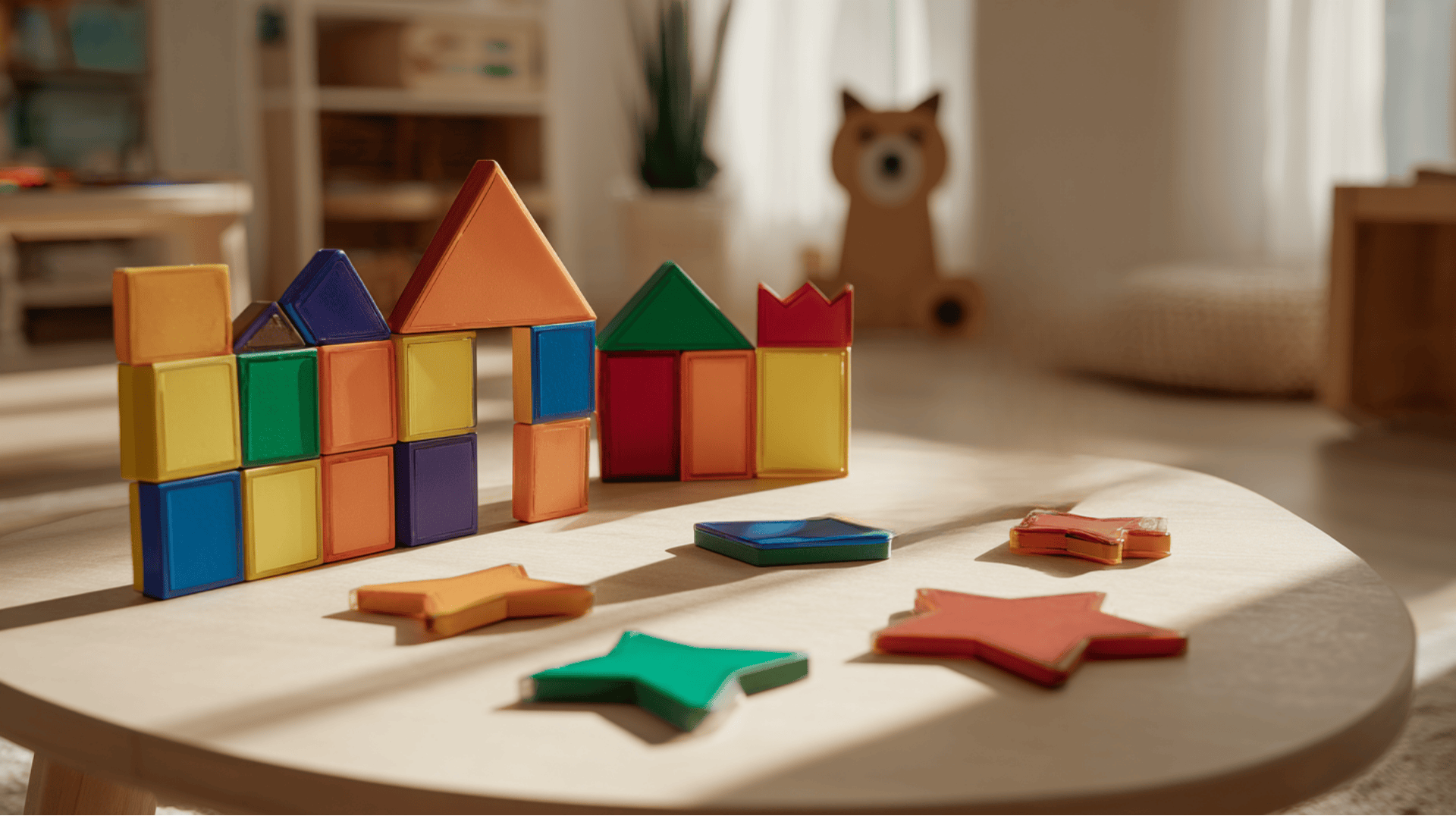
Use a set of magnetic shape tiles or similar toys to create simple pictures like houses, rockets, or animals. As your child builds, name the shapes they’re using.
You can also ask them to count how many sides or corners each shape has. This hands-on play develops creativity while reinforcing geometry concepts in a visual and tactile way.
15. Shape Sorting Boxes
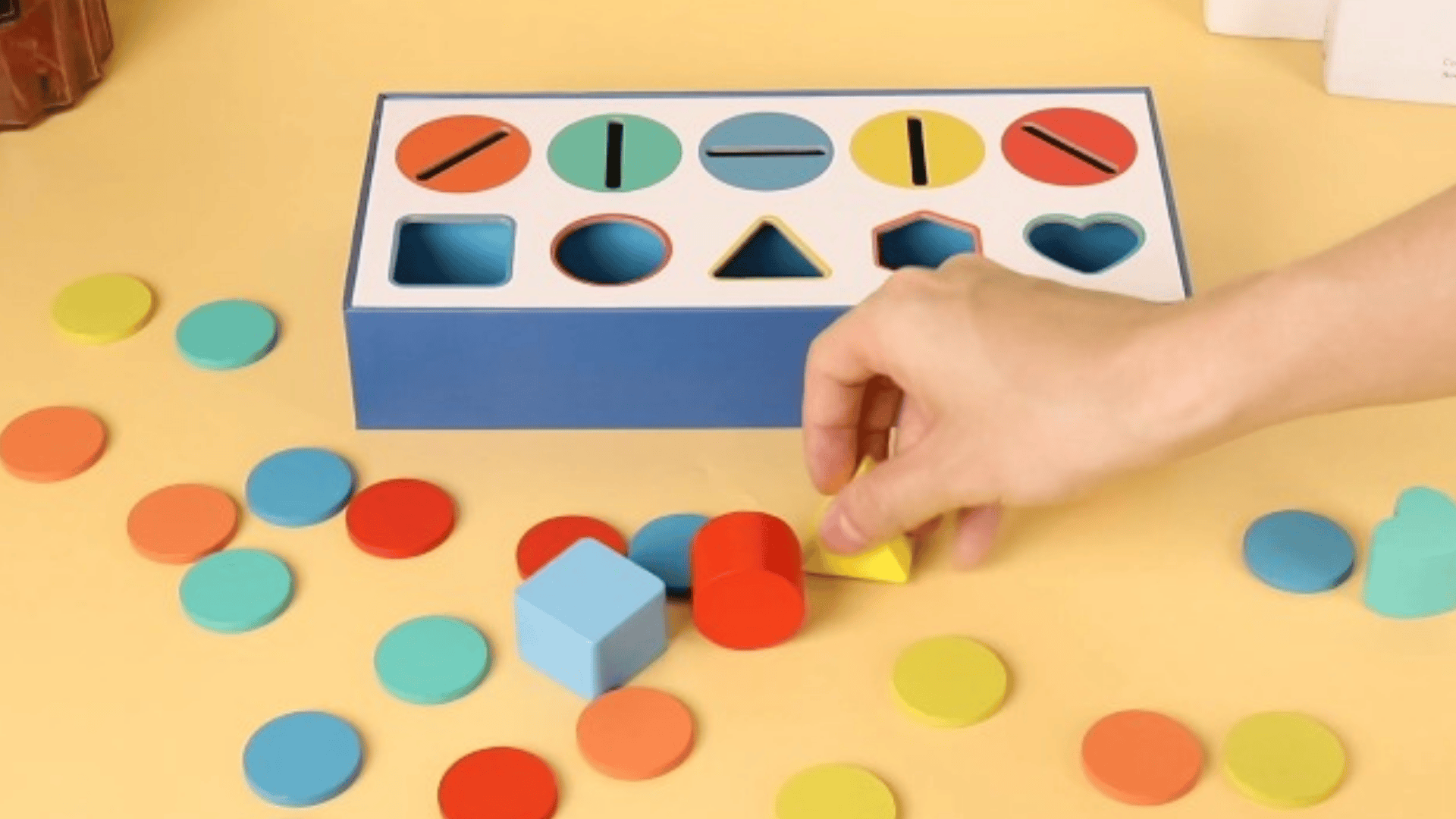
Provide a shape sorter toy or create your own by cutting holes in a cardboard box in the shapes of circles, squares, and triangles. Give your child matching objects to push through the holes.
As they play, talk about the names and features of each shape. Sorting activities like this sharpen recognition and fine motor skills, making early geometry both fun and practical.
Patterns and Sorting Activities
Preschoolers love spotting colors and arranging things. These activities introduce them to patterns, order, and grouping in fun, hands-on ways:
16. Color Pattern Chains with Beads
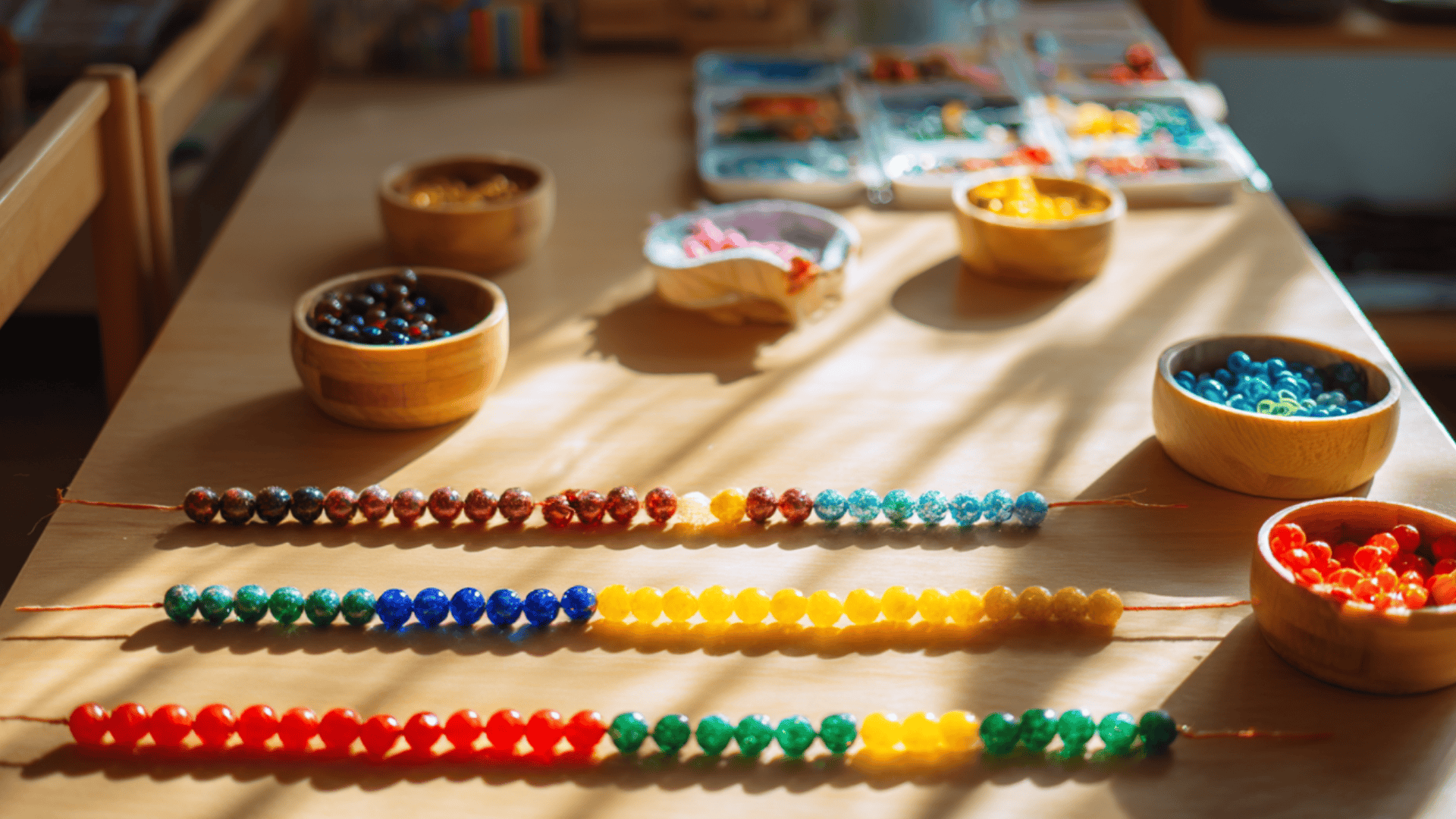
Give your child colorful beads or blocks and show them how to create a simple pattern, like red-blue-red-blue. Encourage them to copy and then try their own.
Patterns help children understand order and predict what comes next. This activity also improves fine motor skills and keeps kids focused while they play.
17. Snack or Candy Sorting
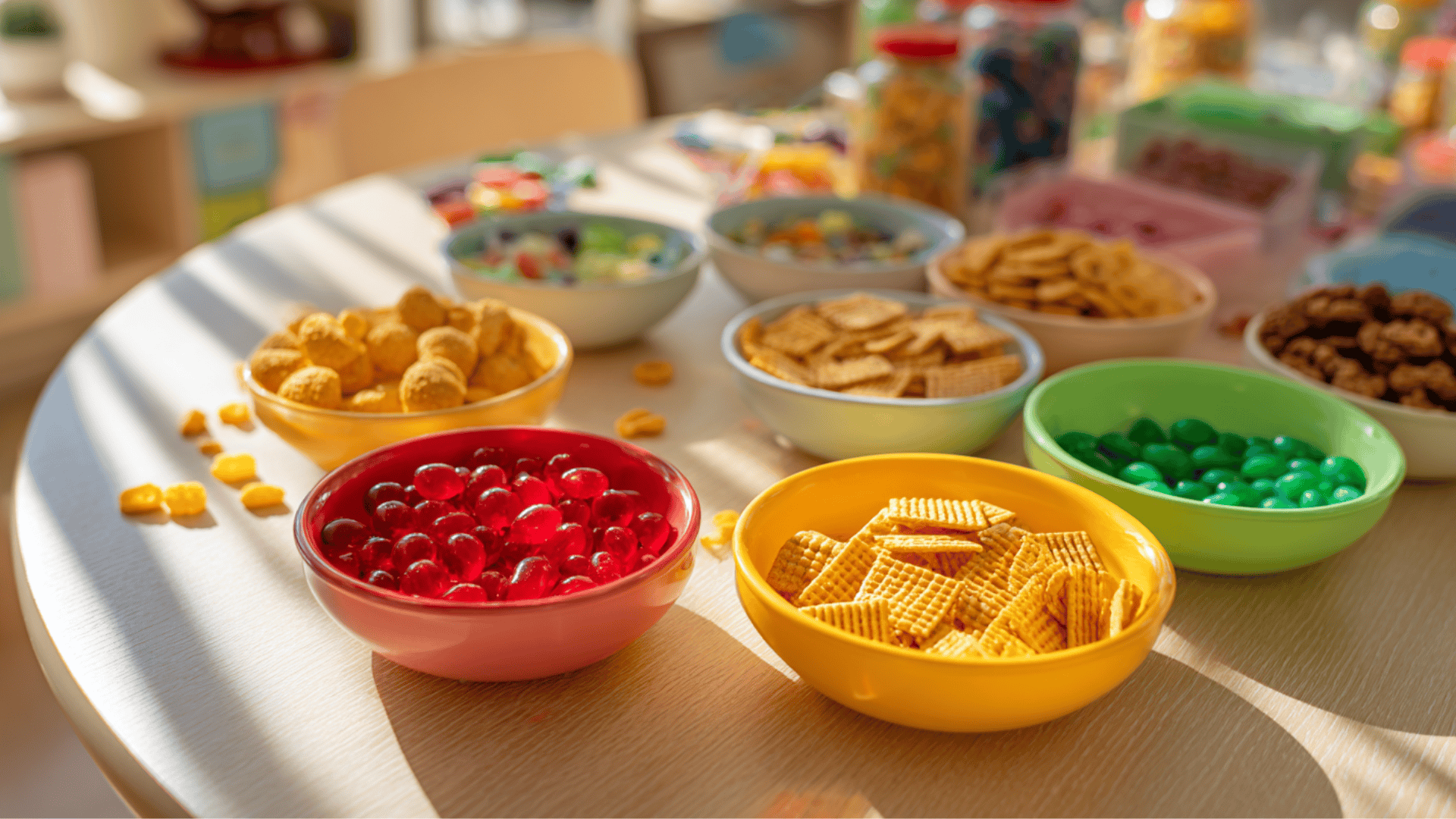
Offer small snacks like crackers, cereal, or candies in different colors or shapes. Ask your child to sort them into groups, such as all the red candies in one pile or bowl.
After sorting, they can count each group before eating. This makes snack time both fun and educational. Kids love it because they get a tasty reward at the end.
18. “Which Has More?” Comparison Game
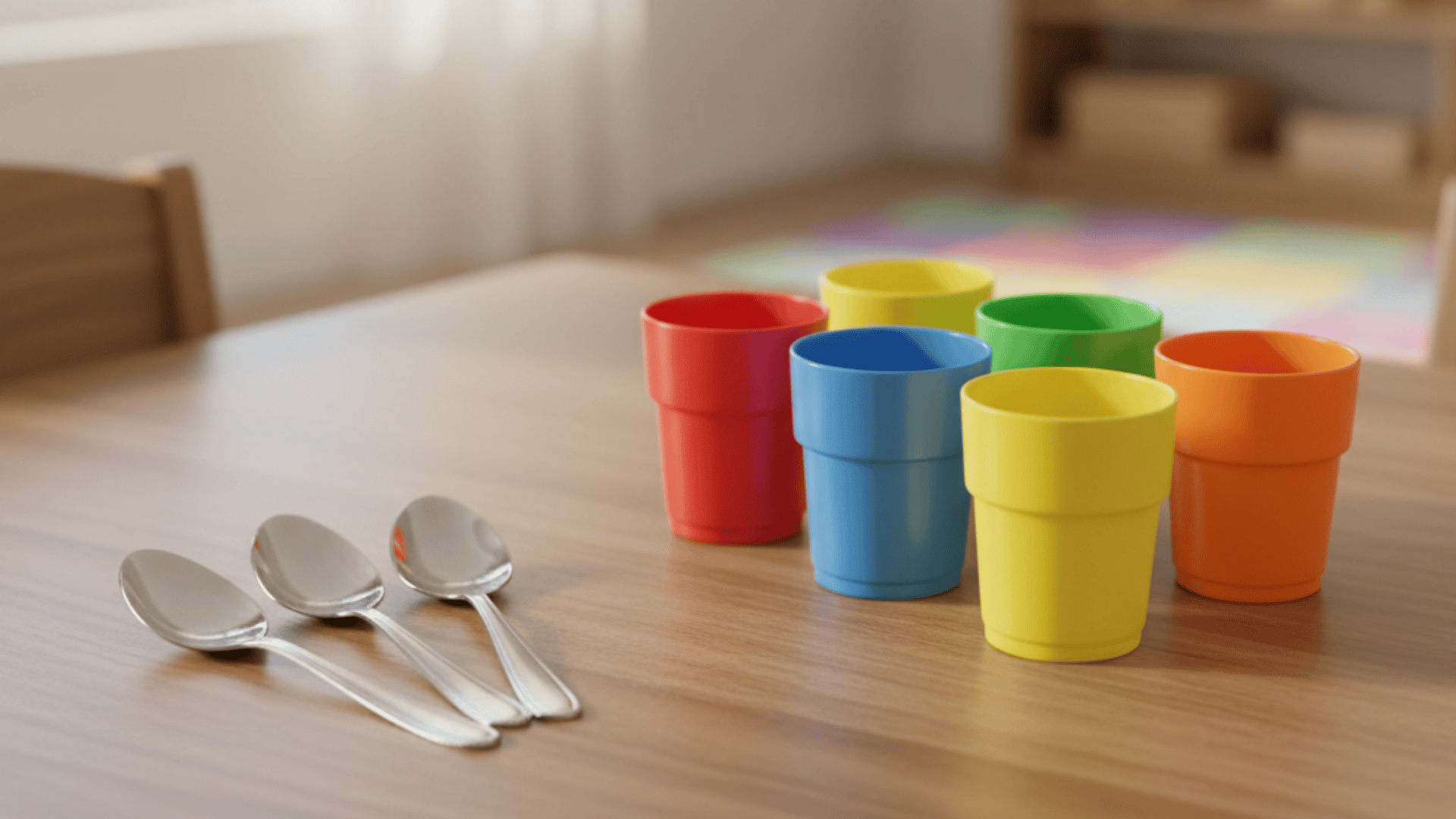
Place two groups of objects in front of your child, like three spoons and five cups. Ask which group has more and which has fewer. You can switch items each time to keep it interesting.
This activity helps preschoolers understand comparison and introduces the concept of quantity. It’s simple but builds the foundation for addition and subtraction later on.
19. Sorting by Color and Size
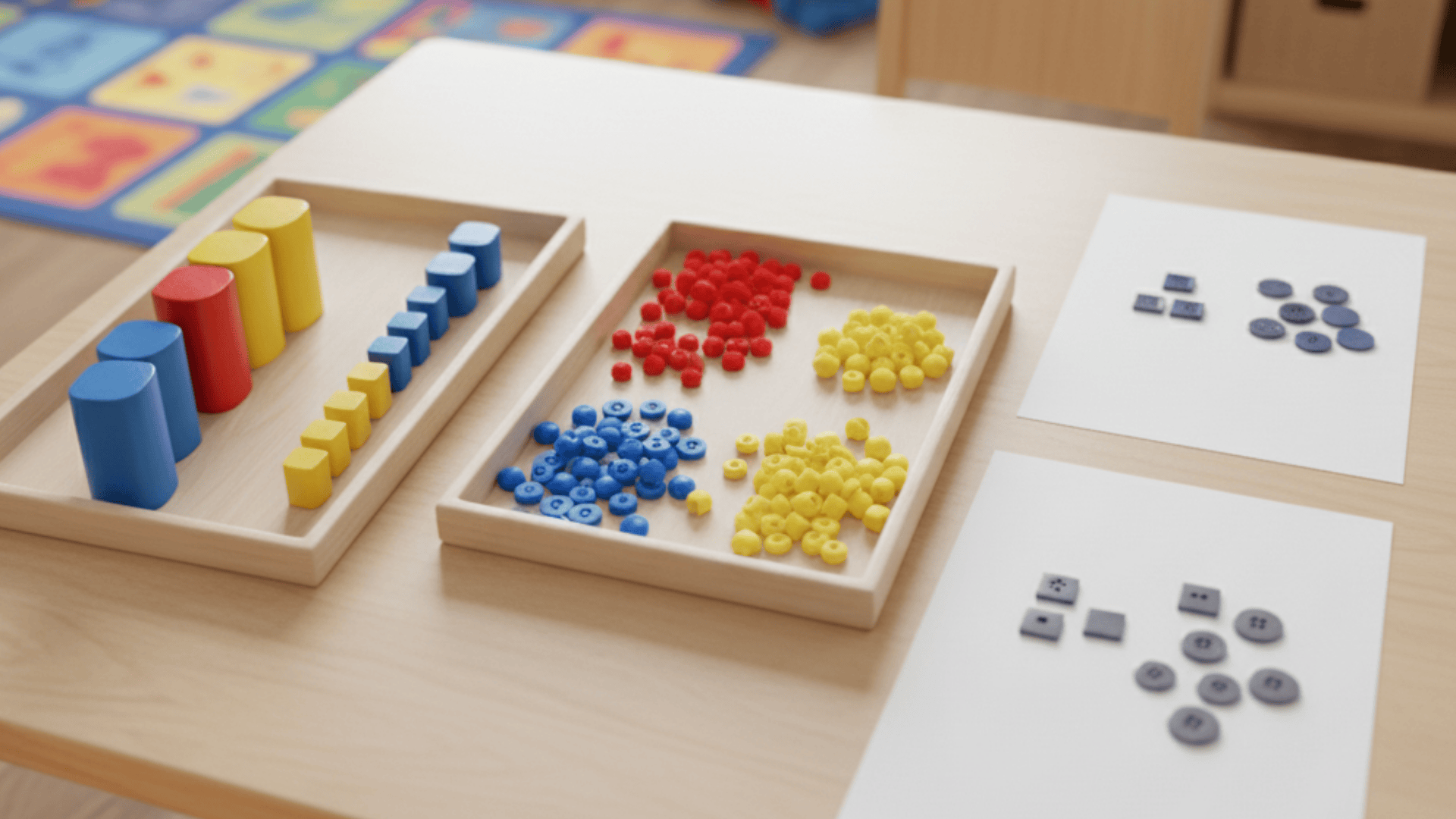
Gather toys, blocks, or buttons of different sizes and colors. Ask your child to sort them into categories: big and small, red and blue, or round and square.
Sorting helps children see differences and similarities, an important skill for early math. It also sharpens observation and teaches them to organize items logically.
20. Big vs. Small Sorting Game

Give your preschooler a mix of objects, such as large balls and small ones or big spoons and little spoons. Ask them to separate the big items from the small.
You can expand by asking which pile has more. This game strengthens comparison skills and makes children more aware of size differences in everyday life.
21. Basket of Toys Sorting Challenge
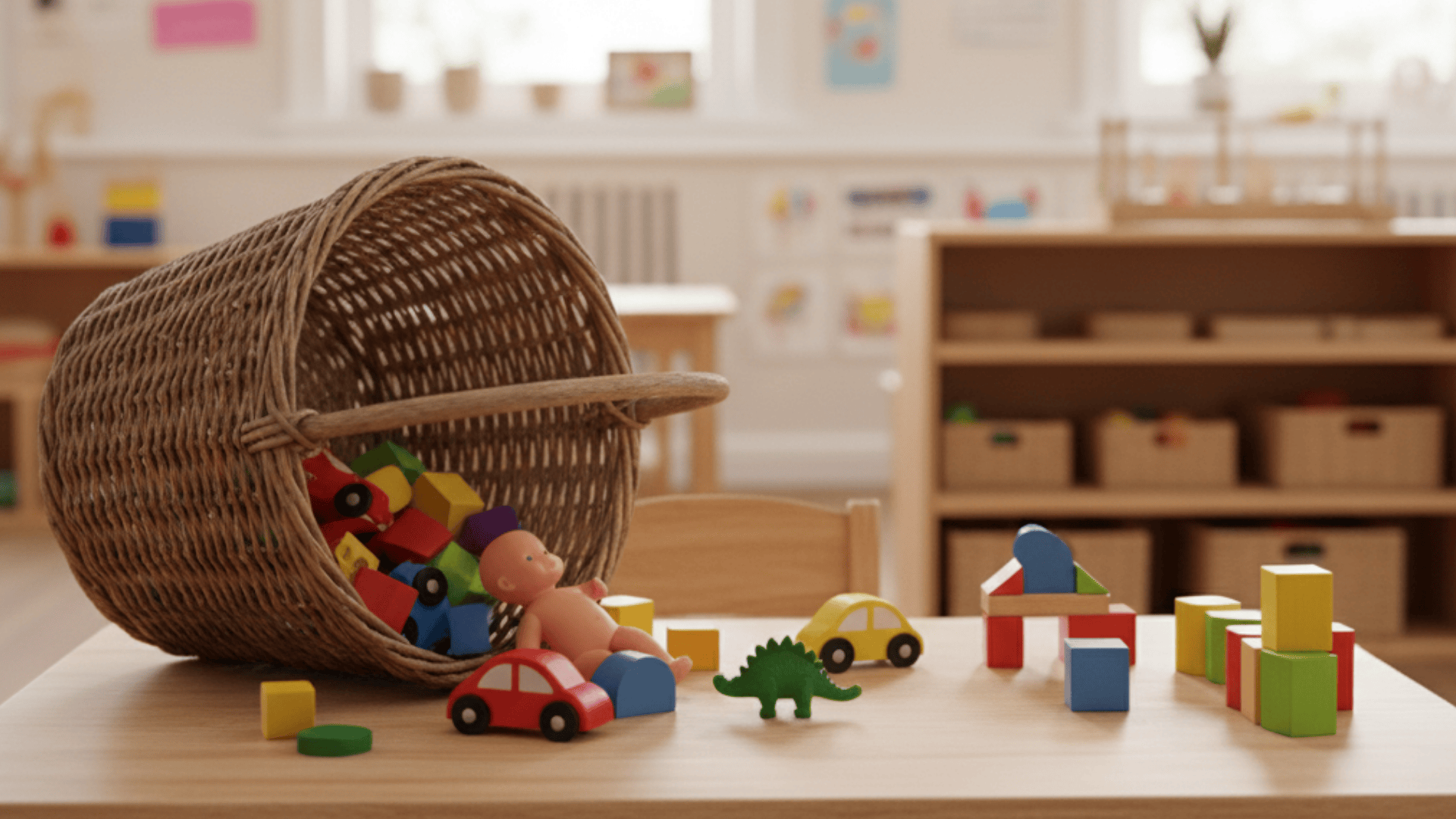
Place a basket full of mixed toys in front of your child. Challenge them to sort the toys by type: cars, dolls, blocks, or animals. Once sorted, ask them to count how many are in each group.
This game builds early math vocabulary like “same,” “different,” and “group.” It’s also a playful way to tidy up while learning.
22. Pattern Stamps or Stickers
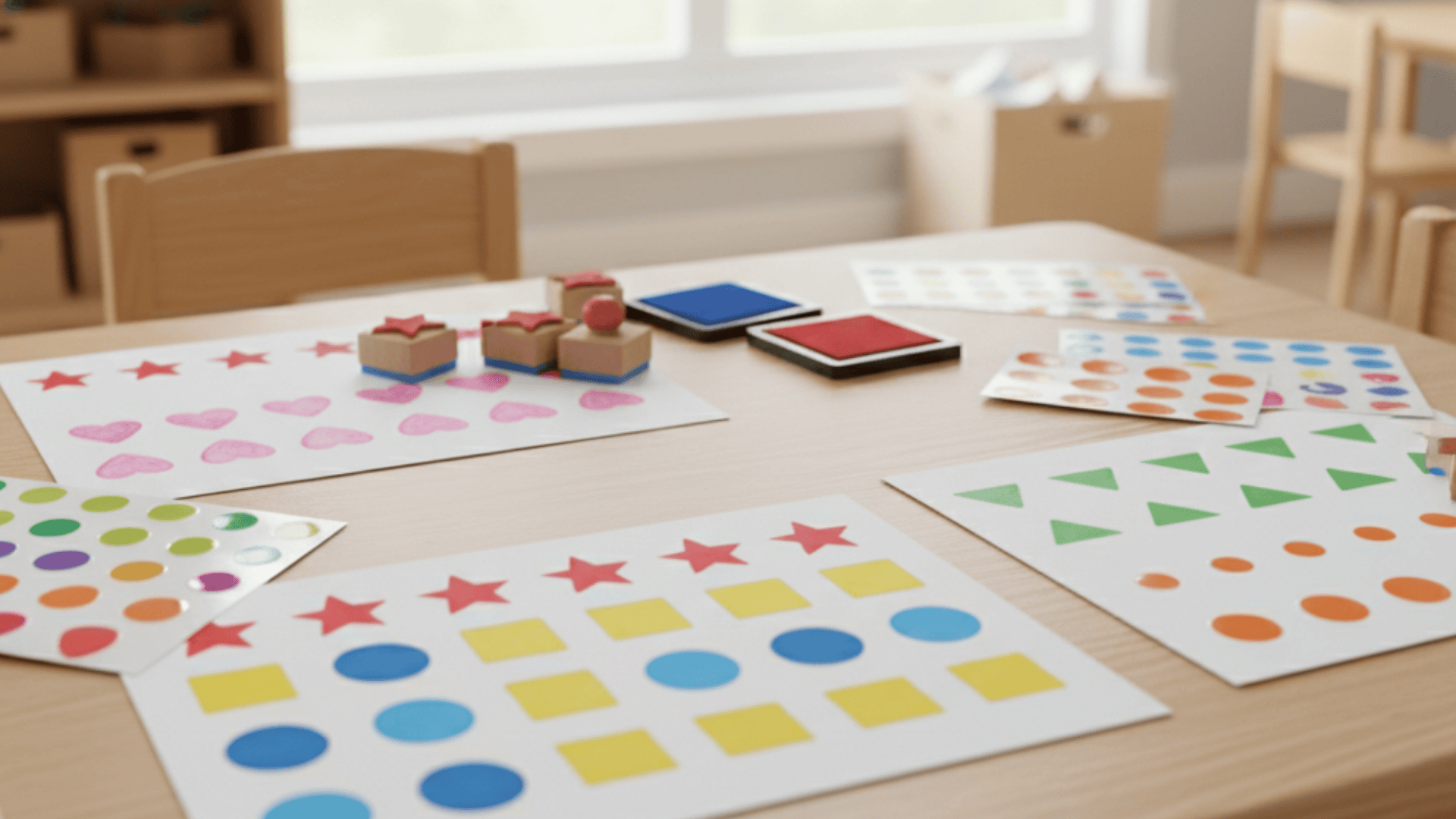
Provide your child with stamps or stickers of different shapes and colors. Show them how to make repeating patterns, such as star-heart-star-heart.
Ask them to continue the pattern or create their own. This activity strengthens pattern recognition and encourages creativity. Plus, kids enjoy the hands-on fun of stamping and sticking, which keeps them engaged longer.
Early Addition and Subtraction
Preschoolers don’t need to solve equations yet, but they can learn adding and taking away in simple ways. These activities make early math concepts easy and fun:
23. Finger Math Songs
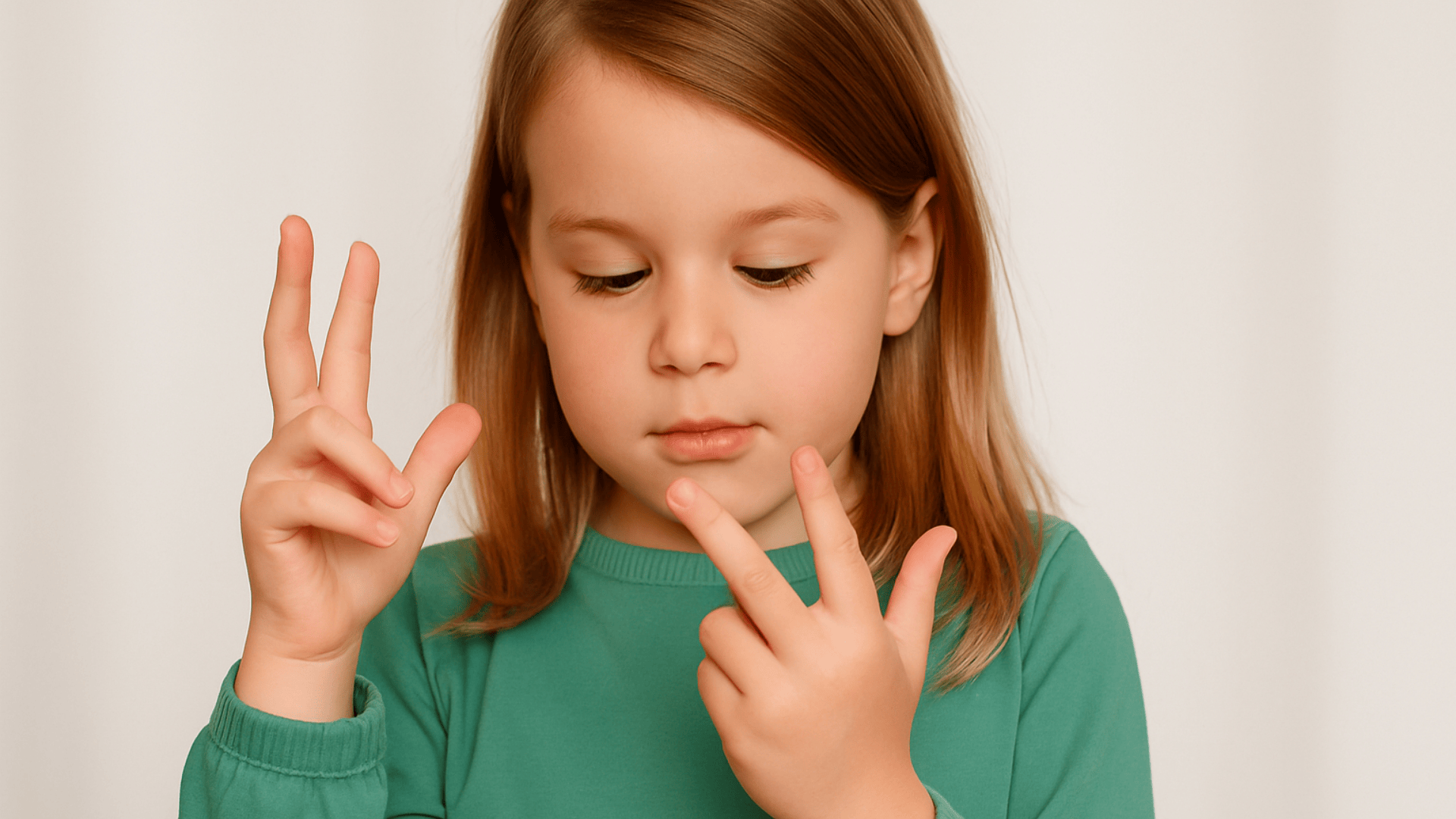
Sing songs like “Five Little Ducks” or “Ten in the Bed” with your child. As you sing, use fingers to show adding or subtracting. Kids can join in by putting fingers up or down.
This makes numbers more visual and memorable. Finger songs build number sense while also keeping children engaged through music and rhythm.
24. Snack-Time Math (Adding/Subtracting Crackers)
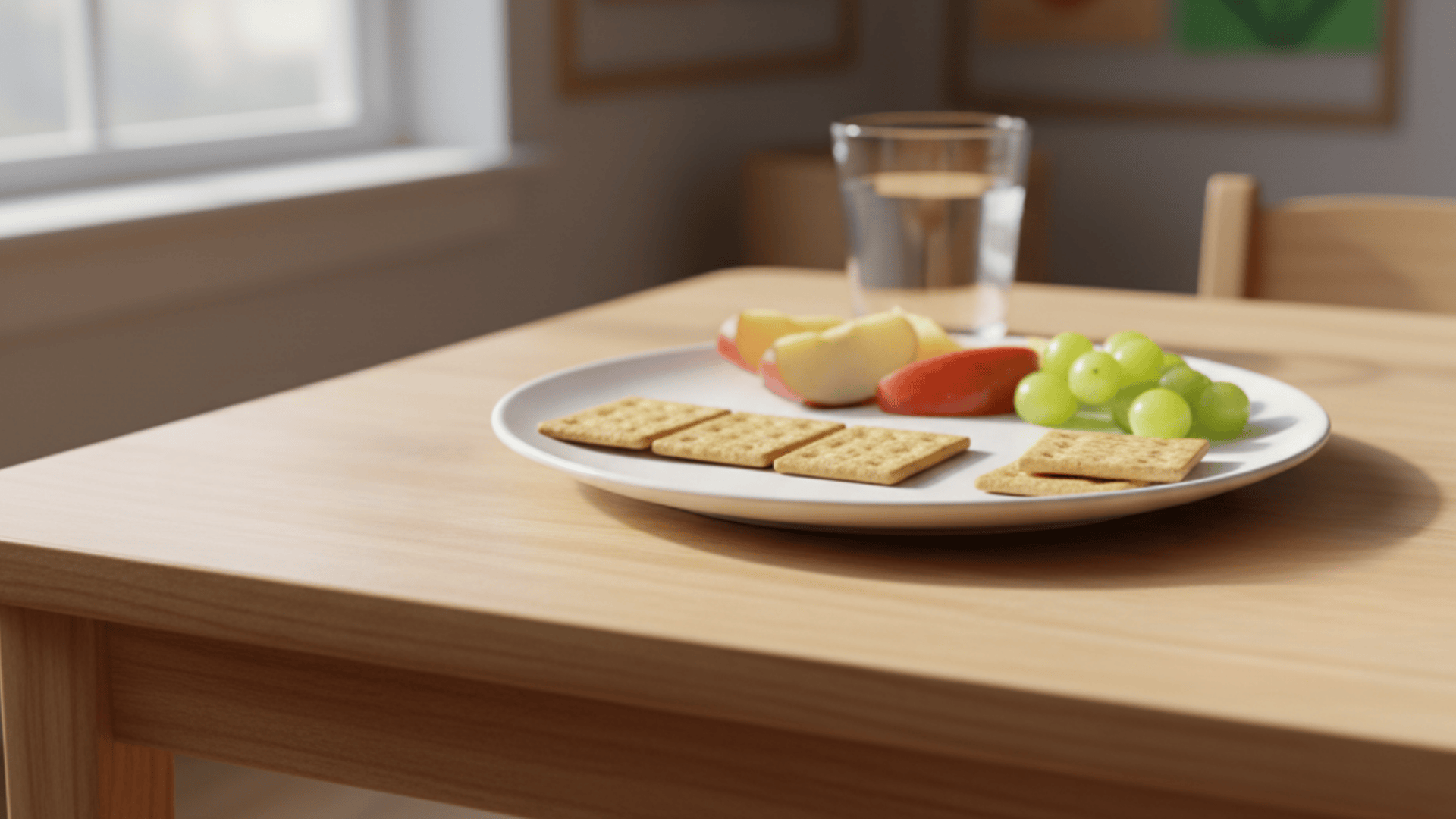
Place a few crackers or fruits on a plate. Ask your child to count them, then “eat one” or “add two more.” Have them count again to see the new total.
This activity teaches that numbers can change when items are added or taken away. Using snacks makes it exciting, and the reward of eating keeps preschoolers motivated to play along.
25. Domino Matching Game

Use a set of dominoes and show your child how to count the dots on each piece. Let them match dominoes with the same total number of dots or line them up to create simple number sentences.
This activity introduces both recognition and basic addition. Dominos are hands-on and visual, making math concepts easier for kids to grasp.
26. Dice Rolling Addition
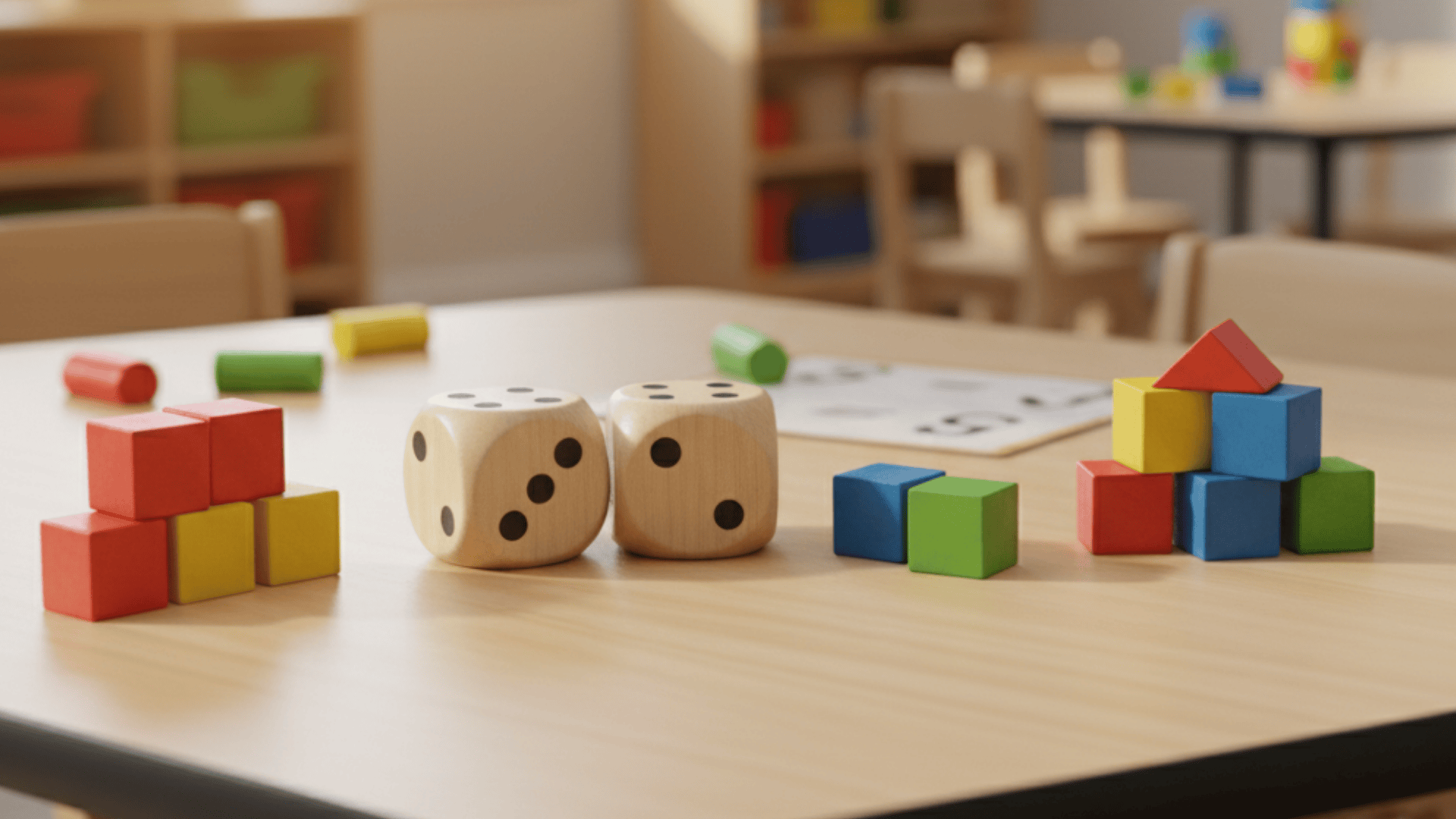
Roll two dice at once and ask your child to count the dots on each. Then guide them to add the two numbers together using toys, blocks, or their fingers.
This makes early addition interactive and surprising since every roll is different. It helps children practice combining numbers while keeping the game playful and engaging.
27. Story Problems with Toys
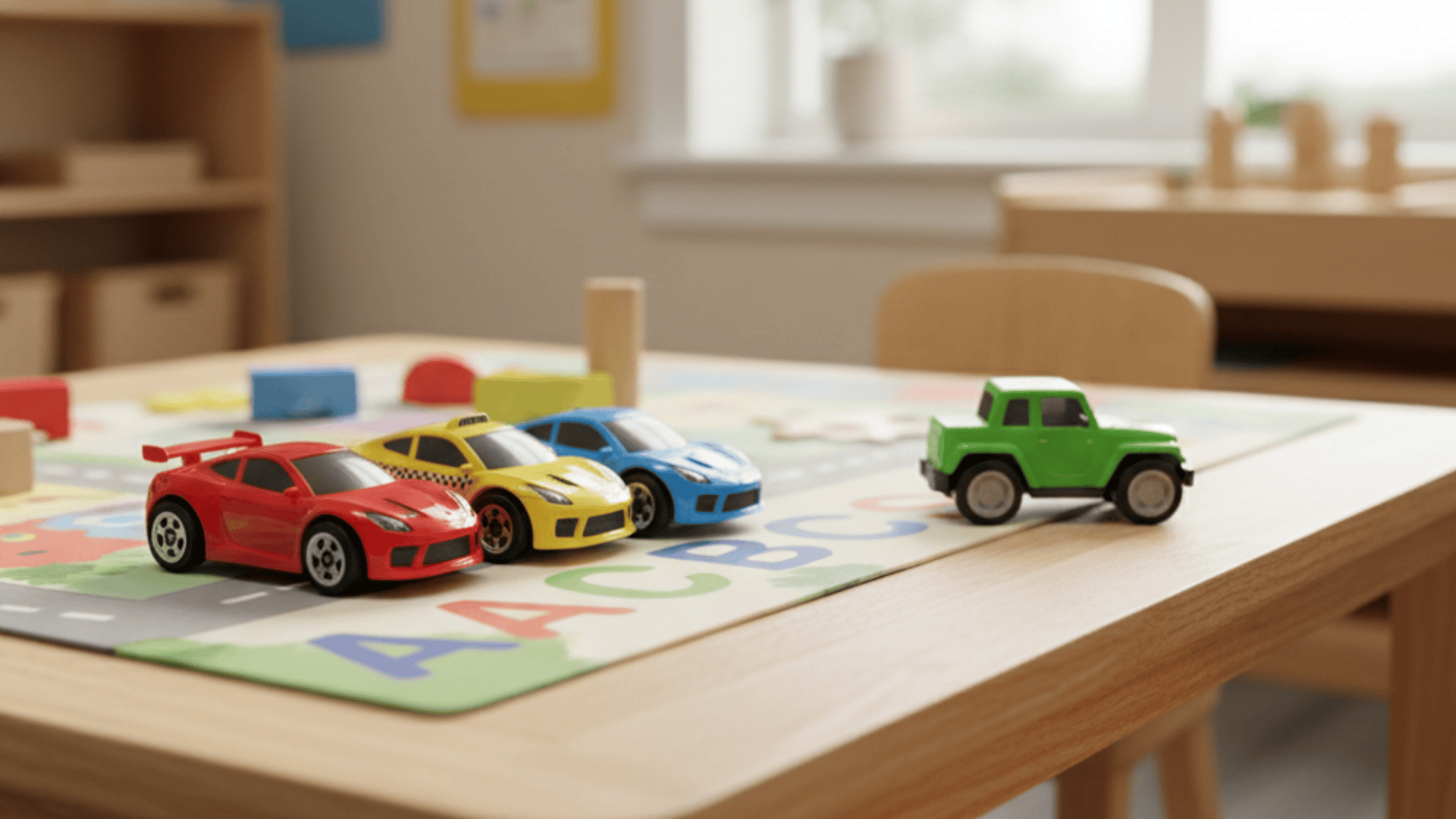
Use toys like dolls, cars, or blocks to tell a short story. For example, “You have three cars, and one more drives in. How many cars now?”
Let your child count the toys to find the answer. Storytelling makes math relatable, and using toys adds a visual element. It also encourages kids to think through problems in a natural way.
28. Simple Number Line Games
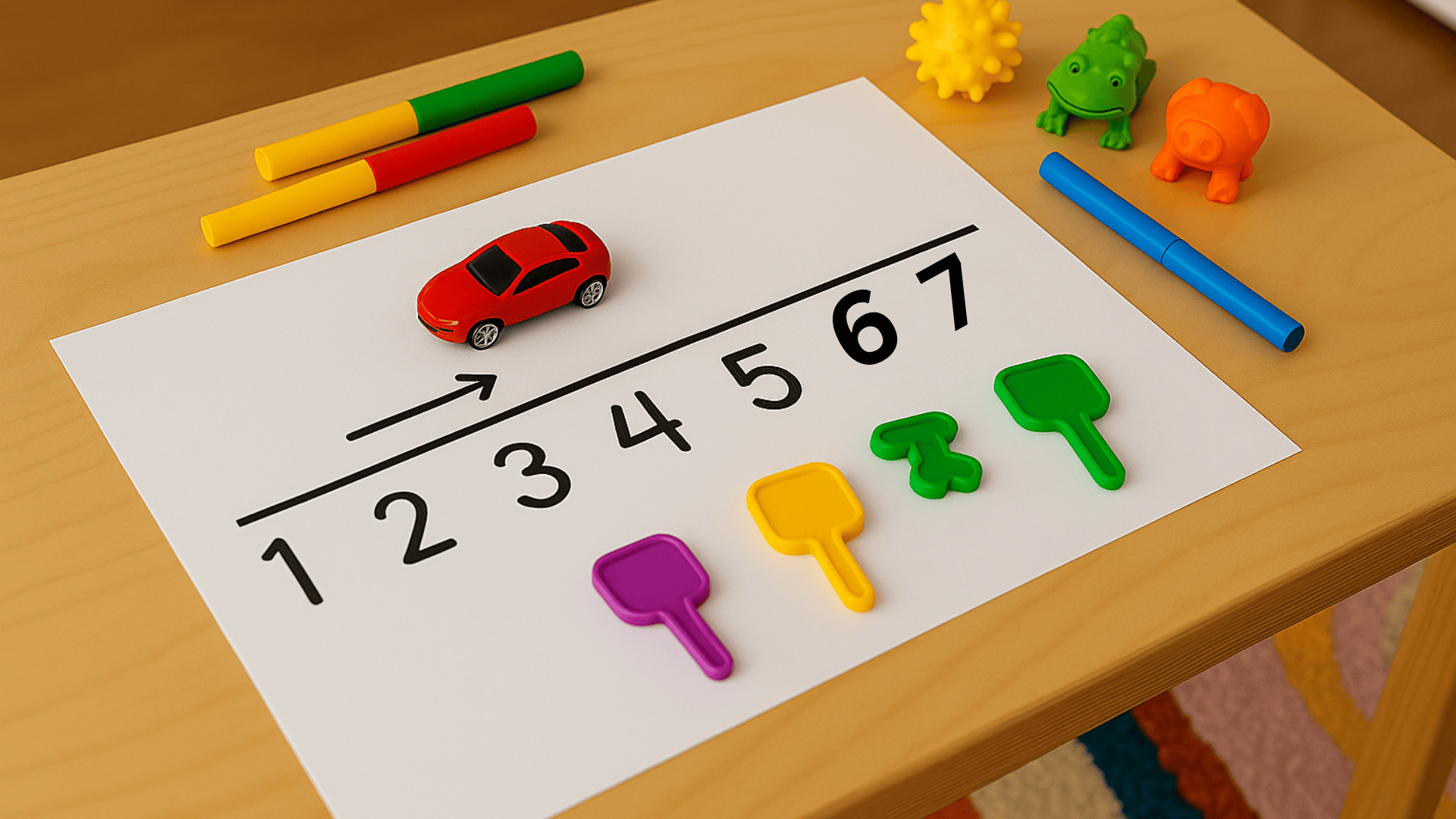
Draw a number line on paper or tape one on the floor. Place a toy on a number, then ask your child to move it forward two spaces or back one space.
Count aloud together as the toy moves. Number lines help children see addition and subtraction in action. This activity also adds movement, which keeps preschoolers engaged.
29. Card Matching for Addition
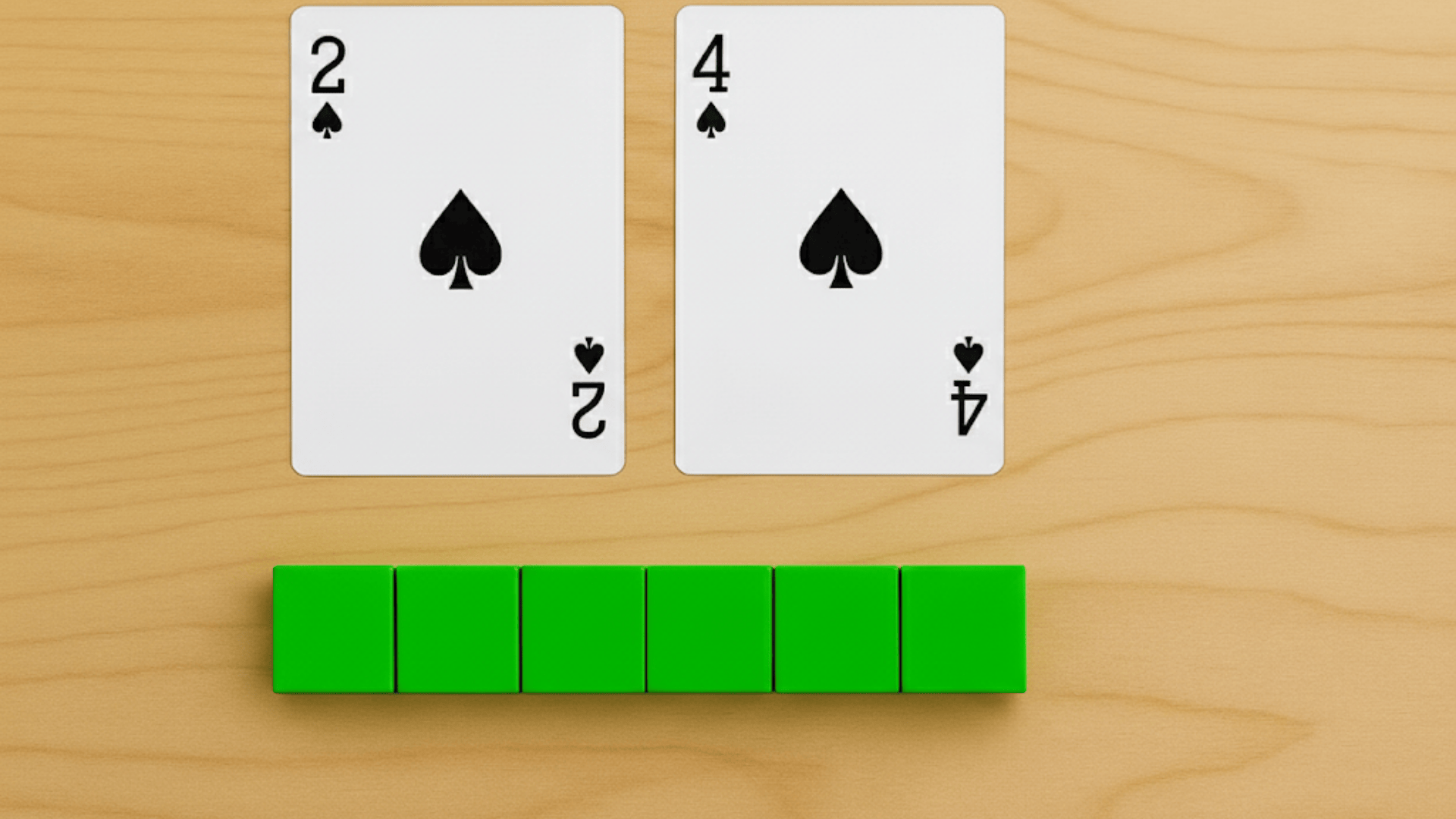
Use playing cards or number cards up to 10. Place two cards down and ask your child to add the numbers together using small objects. For example, a 2-card and a 4-card would mean counting out six blocks.
Matching cards with totals makes addition hands-on. It also builds confidence as kids see the connection between numbers and quantities.
Measurement and Comparison
Preschoolers love figuring out size, weight, and length. These activities make comparing objects fun while building early measurement skills:
30. Water Play with Measuring Cups
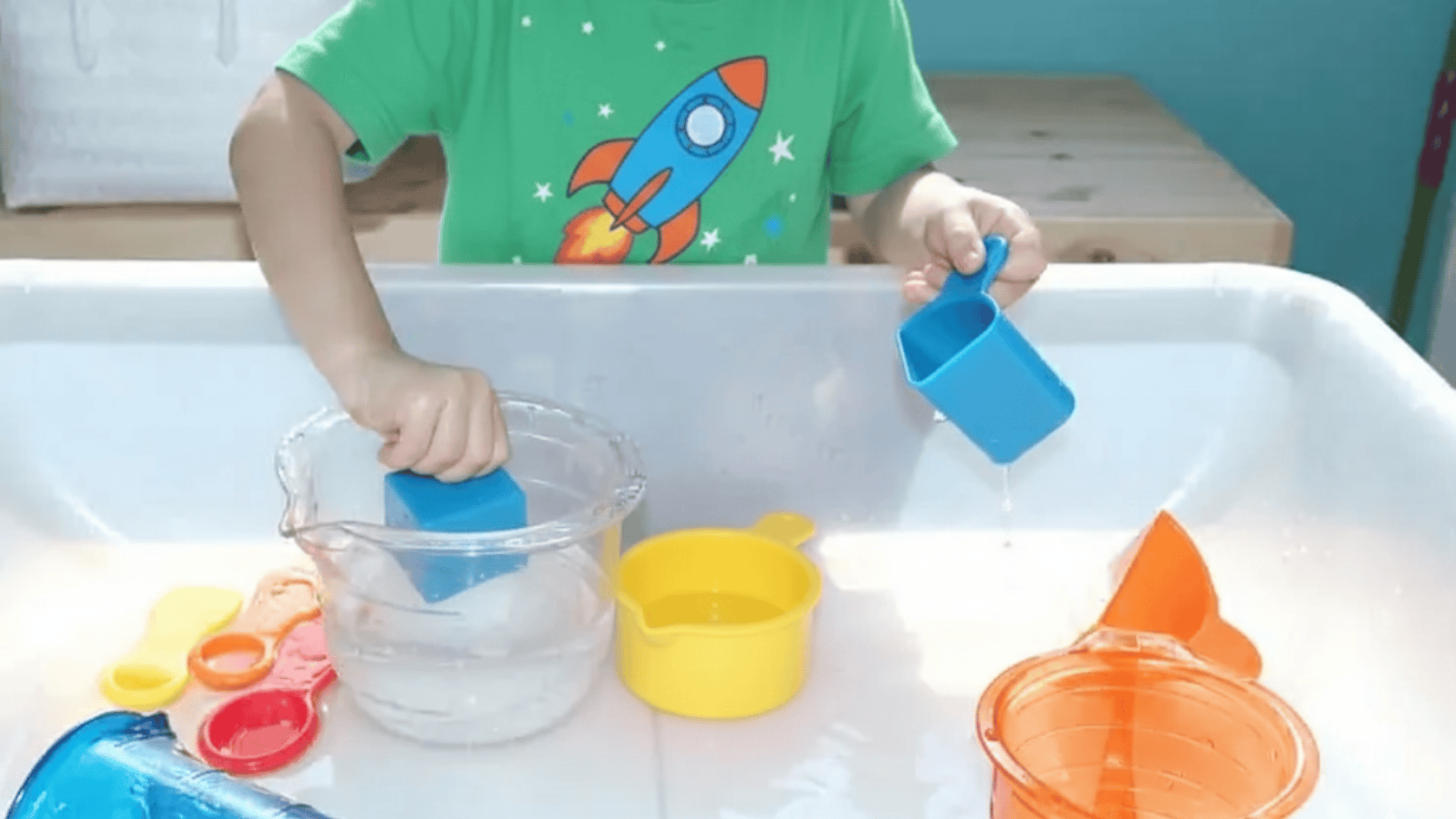
Fill a tub with water and provide measuring cups or spoons. Ask your child to fill one cup and then pour it into another. They can test which cup holds more or less.
This activity builds capacity awareness while keeping play hands-on and sensory. It’s also easy to set up indoors or outdoors, turning everyday water play into math learning.
31. Ribbon or String Measuring
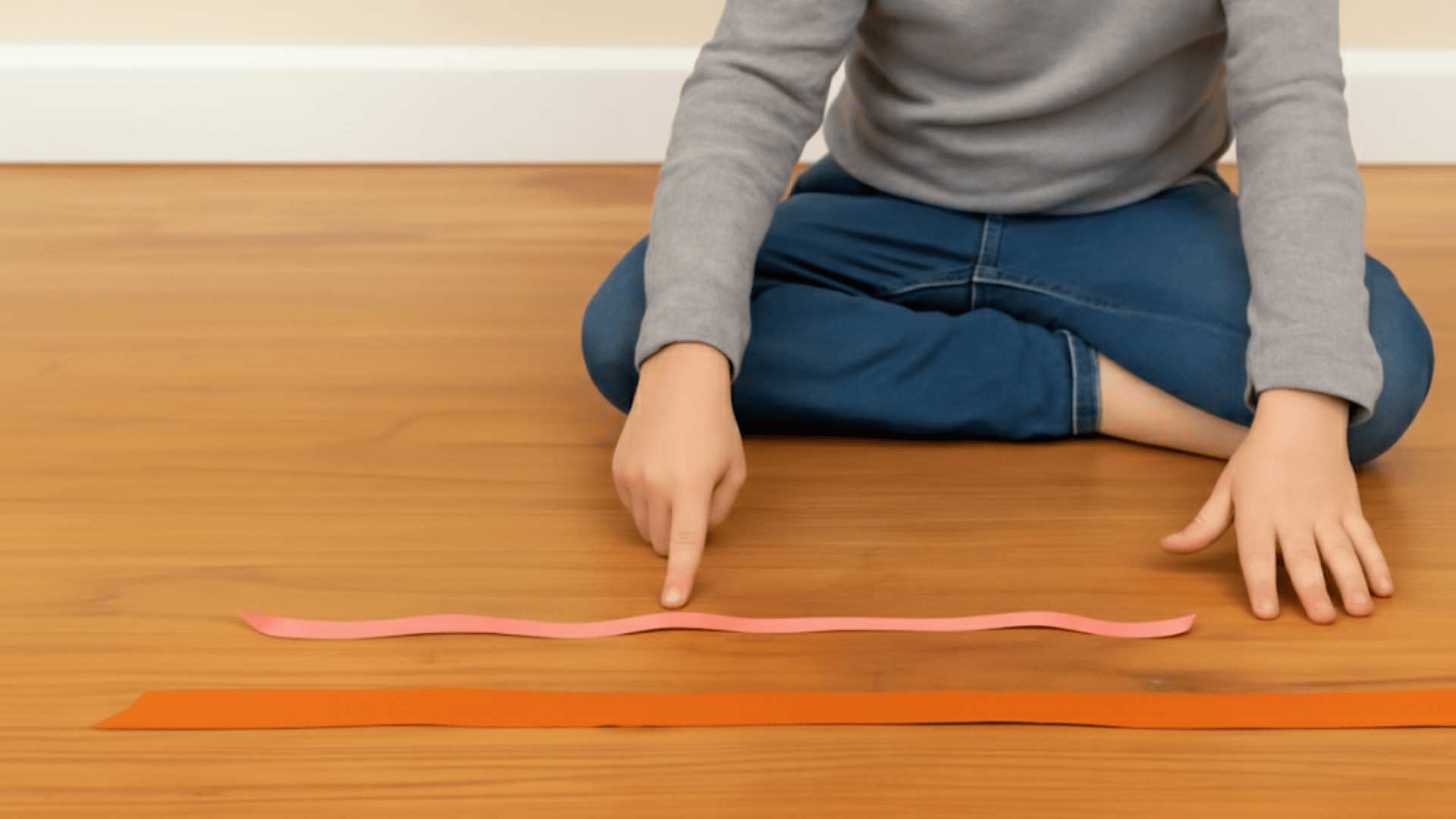
Cut ribbons or strings of different lengths and let your child compare them. Ask, “Which one is longer? Which is shorter?” They can also measure furniture or toys by wrapping the ribbon around them.
This activity introduces the concept of length in a simple way. It’s also flexible—you can use yarn, shoelaces, or paper strips if you don’t have ribbons.
32. Weight Balance Scale Play
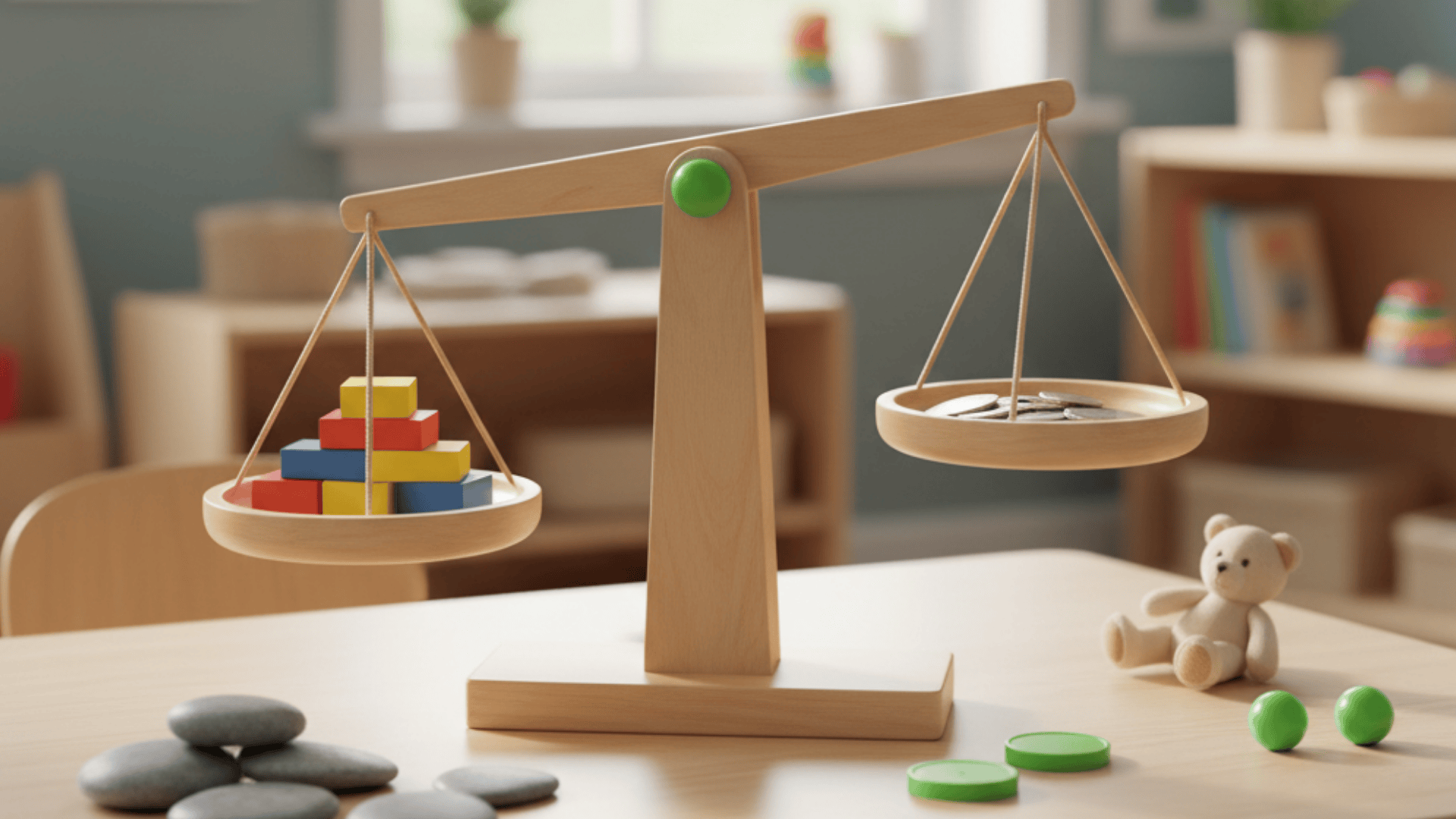
Use a toy balance scale or make one with a hanger and two cups. Place small objects on each side and let your child see which side goes lower. Ask questions like, “Which is heavier?” and “Which is lighter?”
This hands-on activity introduces weight and balance. It also sparks curiosity as children test different items to see how they compare.
33. Pouring and Measuring with Rice or Beans
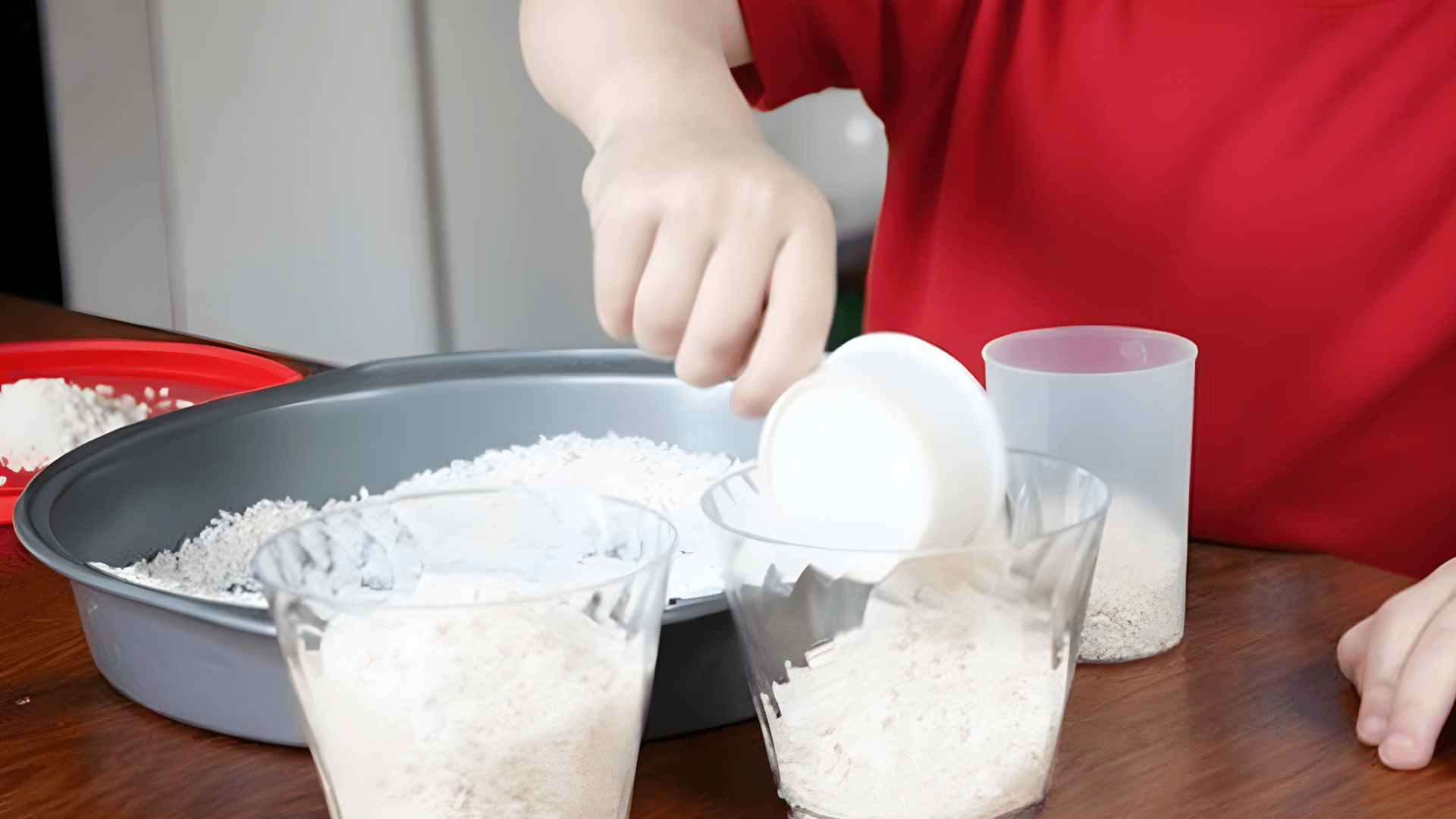
Fill a container with rice or beans and provide cups, scoops, or bowls. Encourage your child to pour and measure, comparing which container has more or less.
This sensory activity improves fine motor skills while teaching capacity. It also allows kids to experiment and see that volume can change depending on the container. Cleanup is easy if you use a tray underneath.
34. Comparing Lengths of Everyday Items
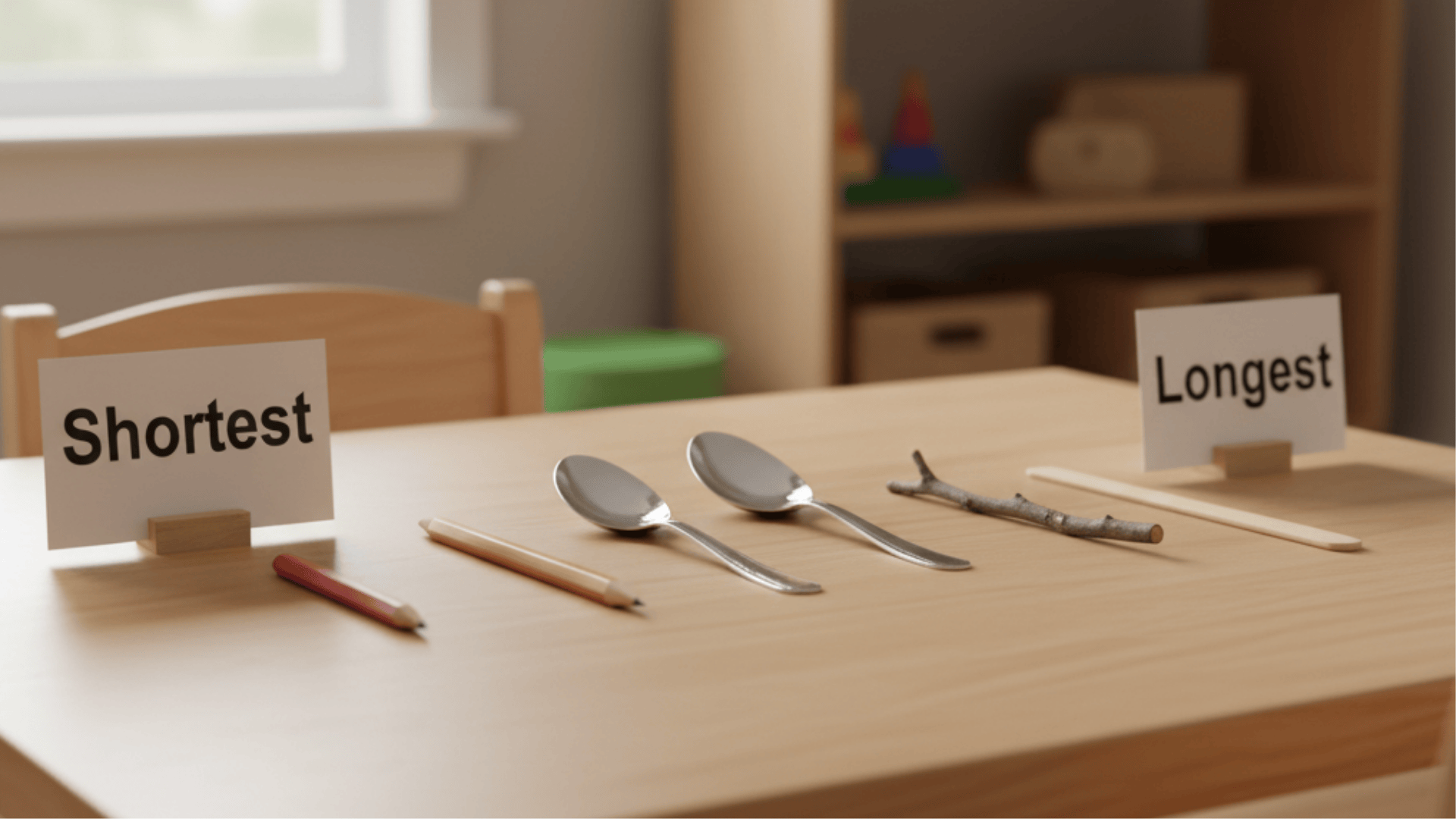
Gather items like pencils, spoons, or sticks. Ask your child to line them up from shortest to longest. You can also introduce words like “taller,” “shorter,” “longer,” and “smaller.”
This activity sharpens observation skills and builds vocabulary for measurement. It’s a simple way to bring math into daily routines using items you already have at home.
Everyday Math in Routines
Math is everywhere in daily life. These simple activities use routines to help preschoolers see numbers and patterns without extra setup:
35. Cooking Together with Measuring Cups

Invite your child into the kitchen and let them scoop flour, pour water, or count spoonfuls of sugar. Talk about “one cup,” “half a cup,” or “two spoons.”
Cooking shows kids how math is useful in real life. It also strengthens counting, measuring, and sequencing while giving them hands-on practice.
36. Pretend Play Store Math
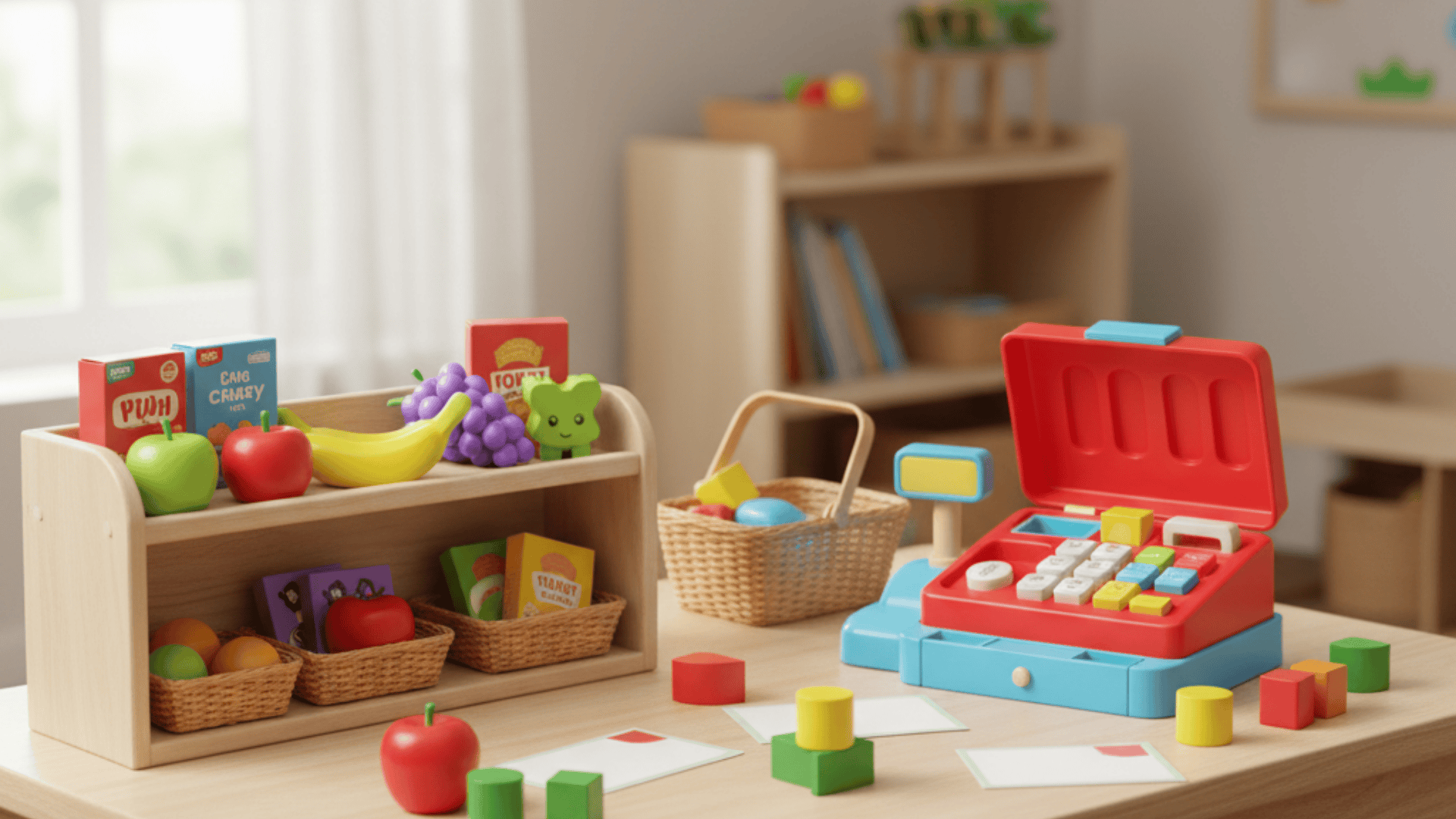
Set up a small play store with toys, snacks, or pretend money. Ask your child to “buy” items by counting out coins or blocks. Take turns being the shopkeeper and the customer.
This activity introduces numbers, exchange, and basic money concepts. Pretend play makes math social and interactive, keeping kids engaged longer.
37. Pretend Pizzeria or Bakery Math
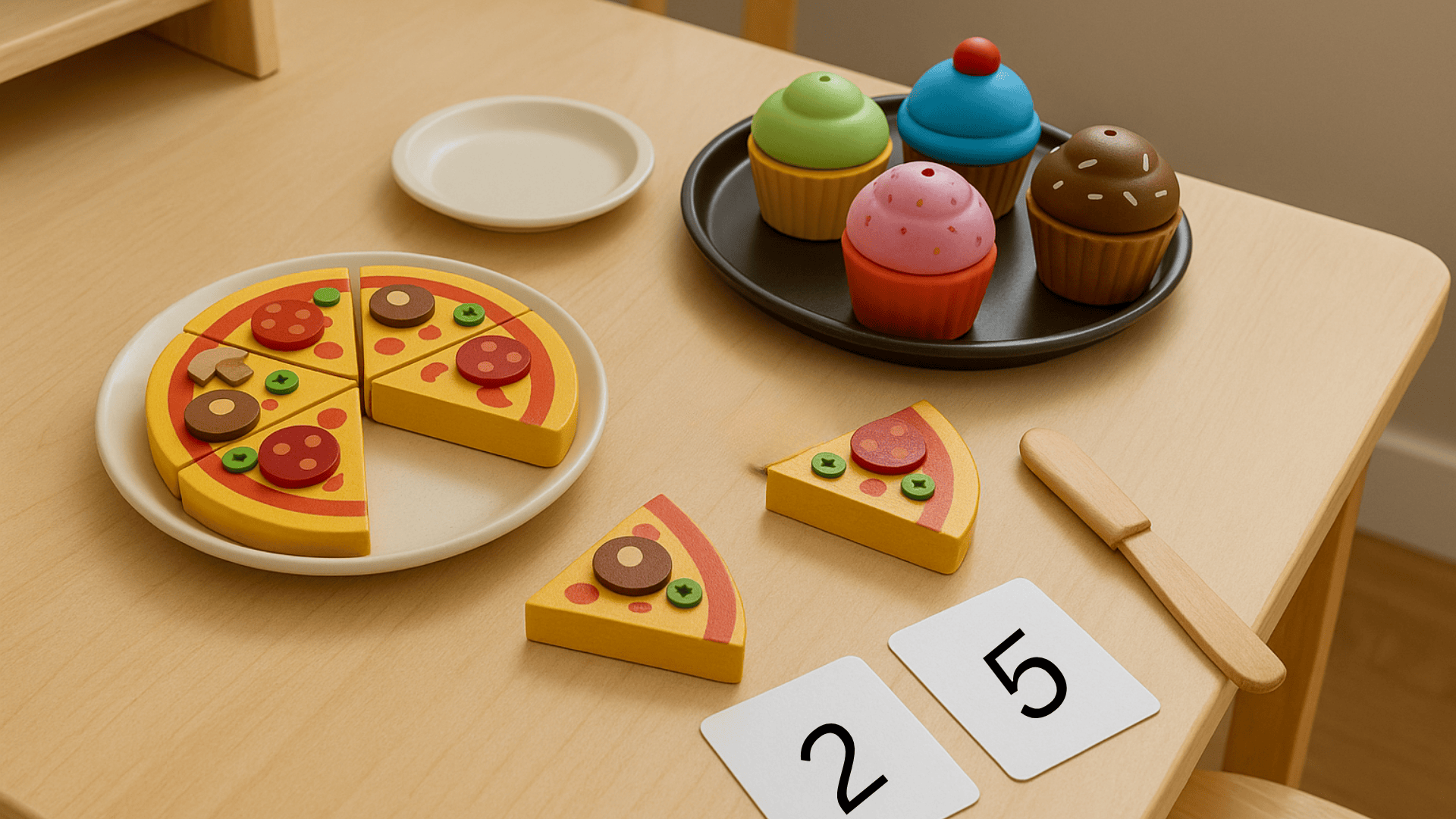
Play restaurant with your preschooler by making pretend pizzas or cupcakes. Cut toy or paper pizzas into slices and ask how many pieces there are.
You can “add” or “take away” slices during play. This introduces fractions and early subtraction in a simple way. Kids enjoy role-play, so the math feels like part of the game.
38. Reading Math-Based Stories and Rhymes

Read picture books that include numbers, counting, or patterns. Stories like “Ten Black Dots” or “The Very Hungry Caterpillar” make math easy to follow.
As you read, pause to ask your child to count along or spot shapes. Combining reading with numbers improves both math and language skills. It’s also a cozy way to learn together.
39. Calendar Counting Activities
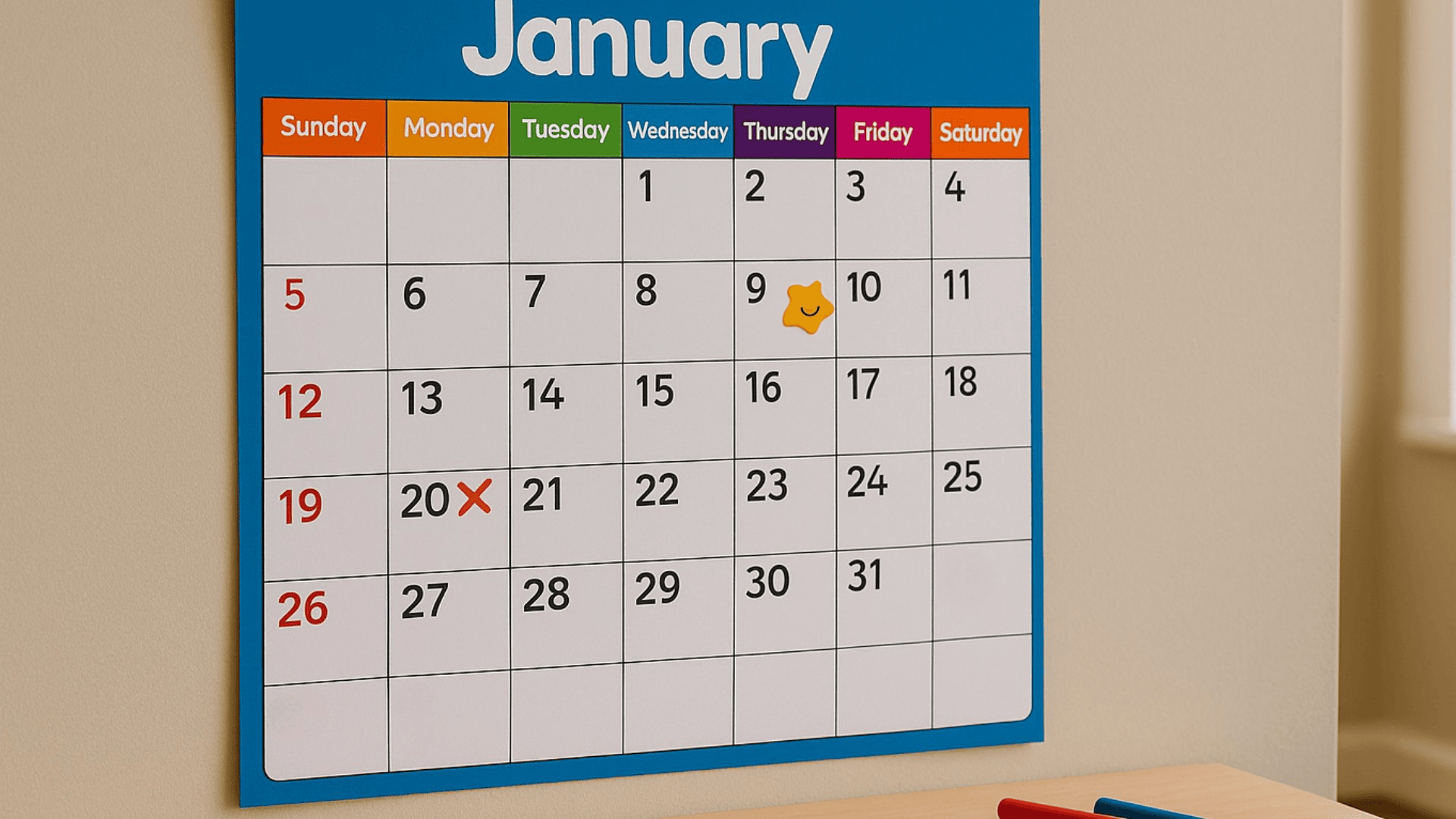
Hang a calendar at your child’s level and show them how to count days. Let them cross off dates or mark special ones with stickers. Ask questions like, “How many days until your birthday?”
This introduces sequencing, numbers, and the passage of time. It also helps kids connect math with real-life events they can look forward to.
40. Counting Steps or Stairs at Home
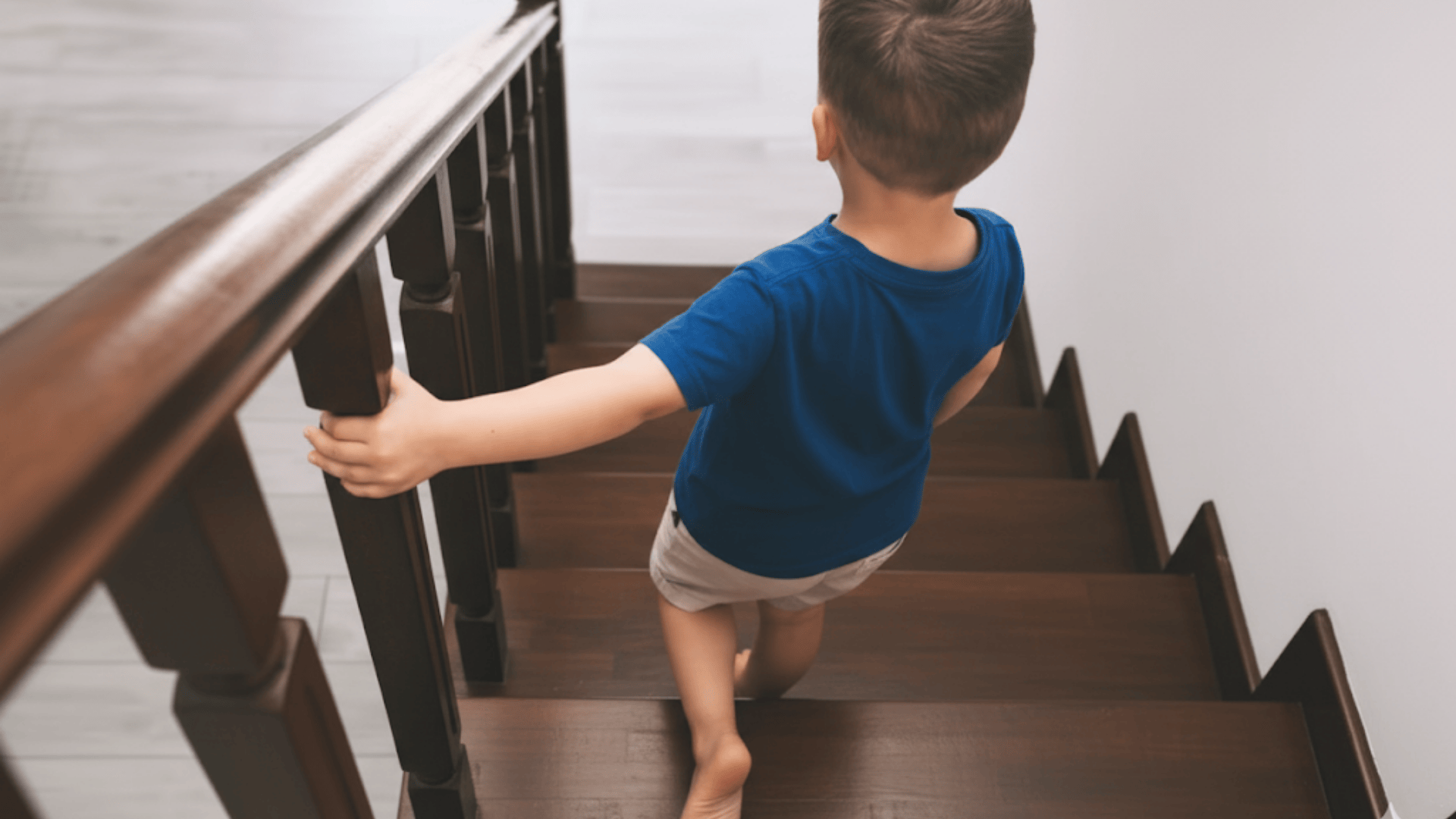
Encourage your child to count aloud as they walk up or down stairs. You can also count steps during a walk outside. This practice connects numbers with movement.
It also strengthens memory since kids repeat numbers in order. Adding counting to daily movement makes math natural and effortless.
41. Sorting Laundry by Size and Type

Turn laundry time into a learning activity by asking your child to sort socks, shirts, or towels by size or type. After sorting, they can count how many of each group there are.
This builds sorting, grouping, and counting skills. Plus, it helps you with chores while teaching them that math is useful in everyday routines.
Music, Stories, and Movement
Preschoolers learn best when math connects with music and play. These activities use songs, rhythm, and movement to make numbers fun and memorable:
42. Math Rhymes and Counting Songs
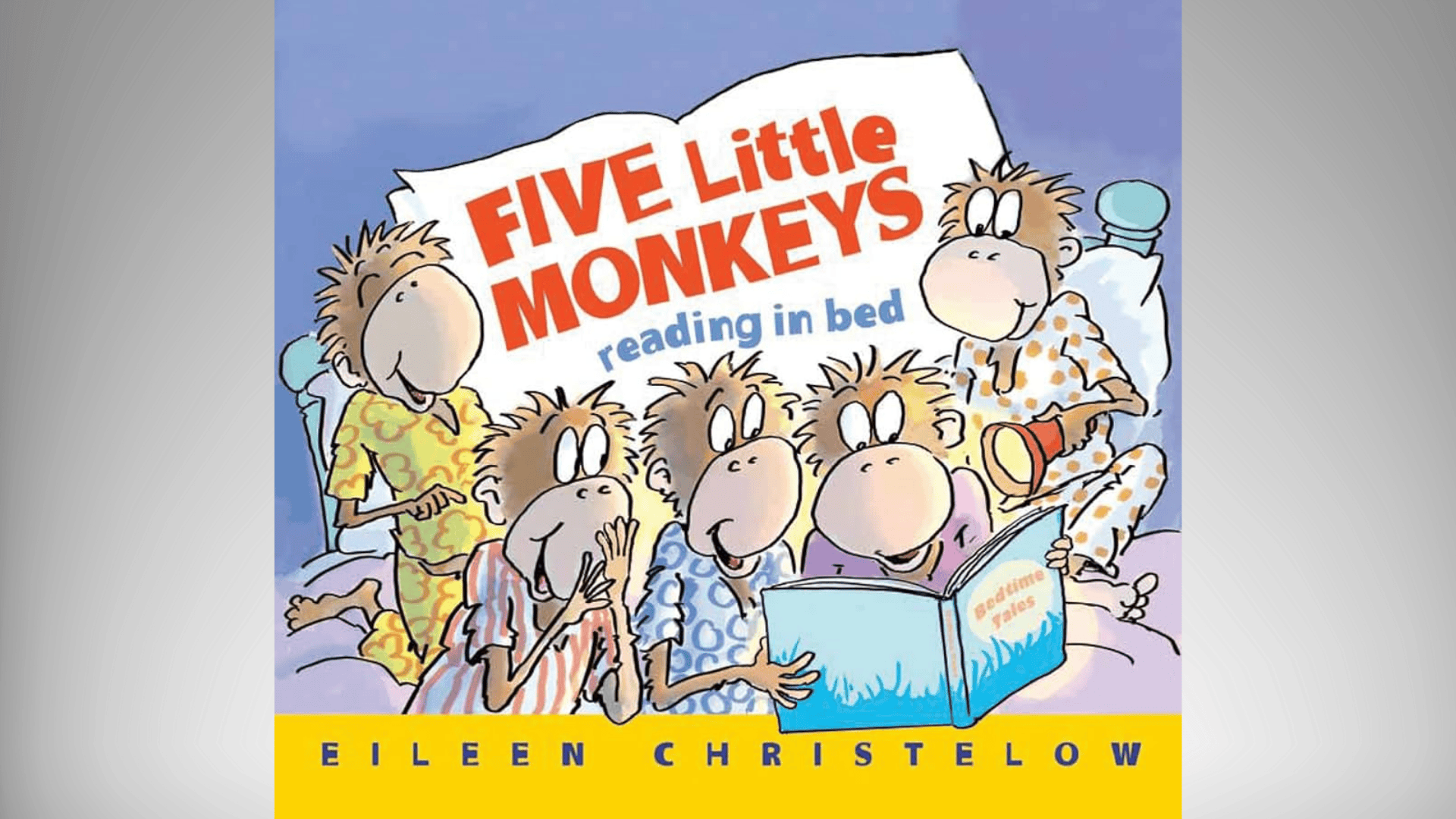
Sing simple rhymes like “One, Two, Buckle My Shoe” or “Five Little Monkeys.” Encourage your child to clap, jump, or hold up fingers as they sing along.
Rhymes connect numbers to rhythm, which helps kids remember sequences. Music also makes counting joyful, so preschoolers see math as playful instead of hard.
43. Storybooks with Numbers
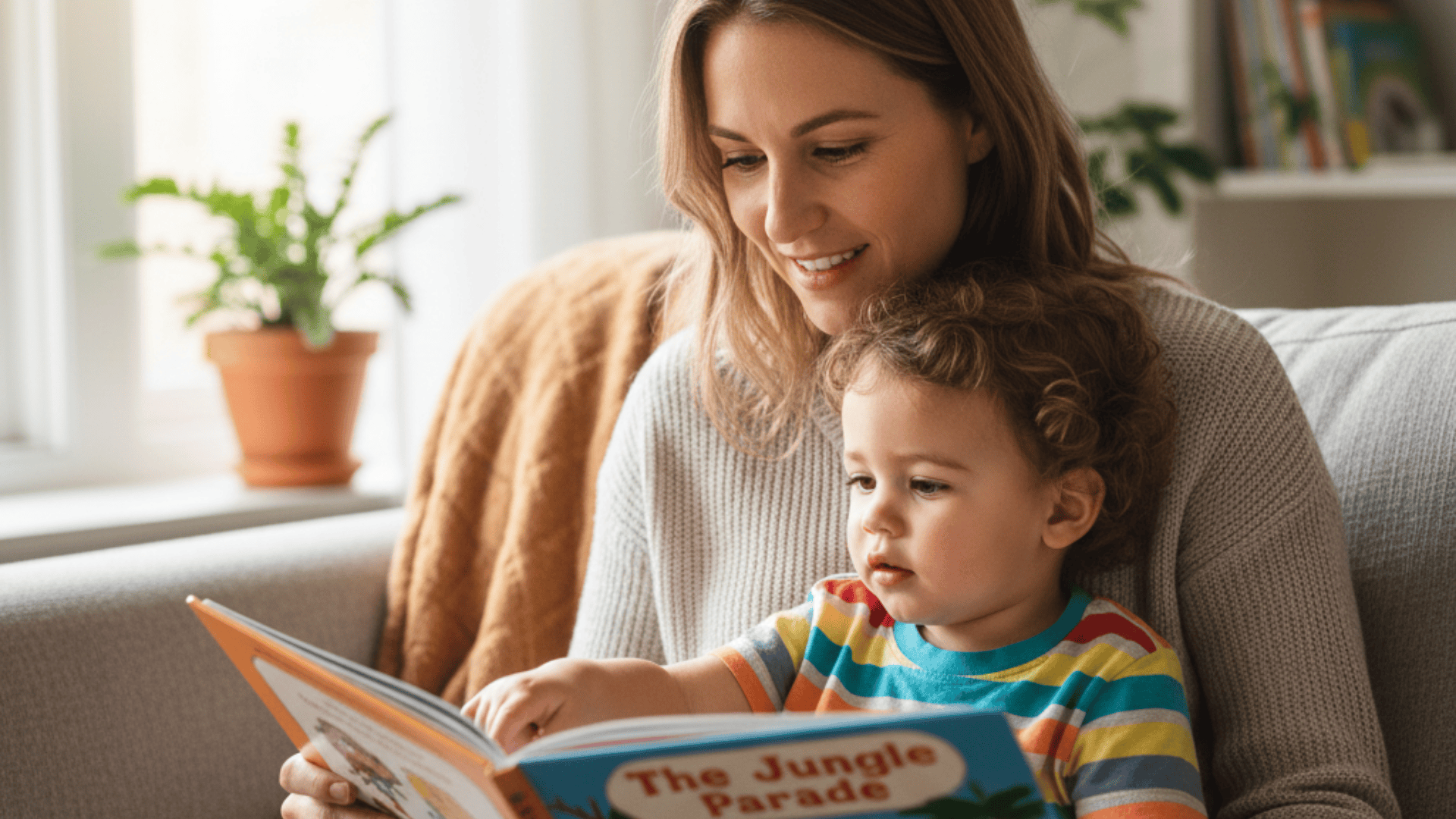
Read storybooks that feature counting or math concepts, such as “Anno’s Counting Book.” Pause during reading and ask your child to count objects on the page.
You can also talk about shapes or patterns in the illustrations. Storybooks bring math into storytelling, making numbers easier to understand. It’s a gentle way to build math and reading skills at once.
44. Puppet Number Stories
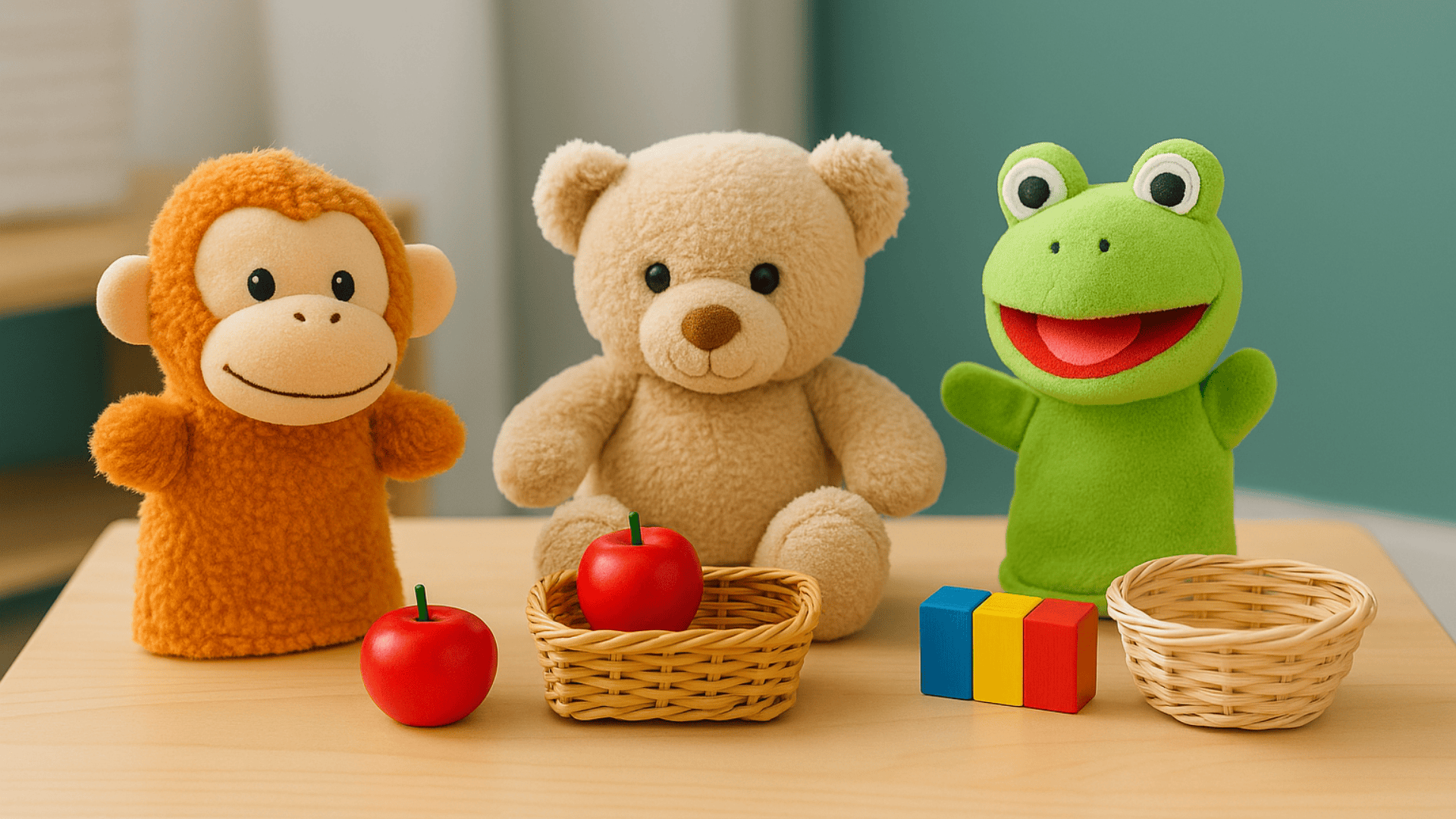
Use puppets or stuffed animals to tell simple math stories. For example, one puppet has two apples and shares one with another puppet. Ask your child, “How many are left?”
Puppets add excitement and keep kids’ attention. They also make abstract concepts like addition or subtraction more concrete by acting them out.
45. Action Songs (Clap, Jump, Stomp Counting)
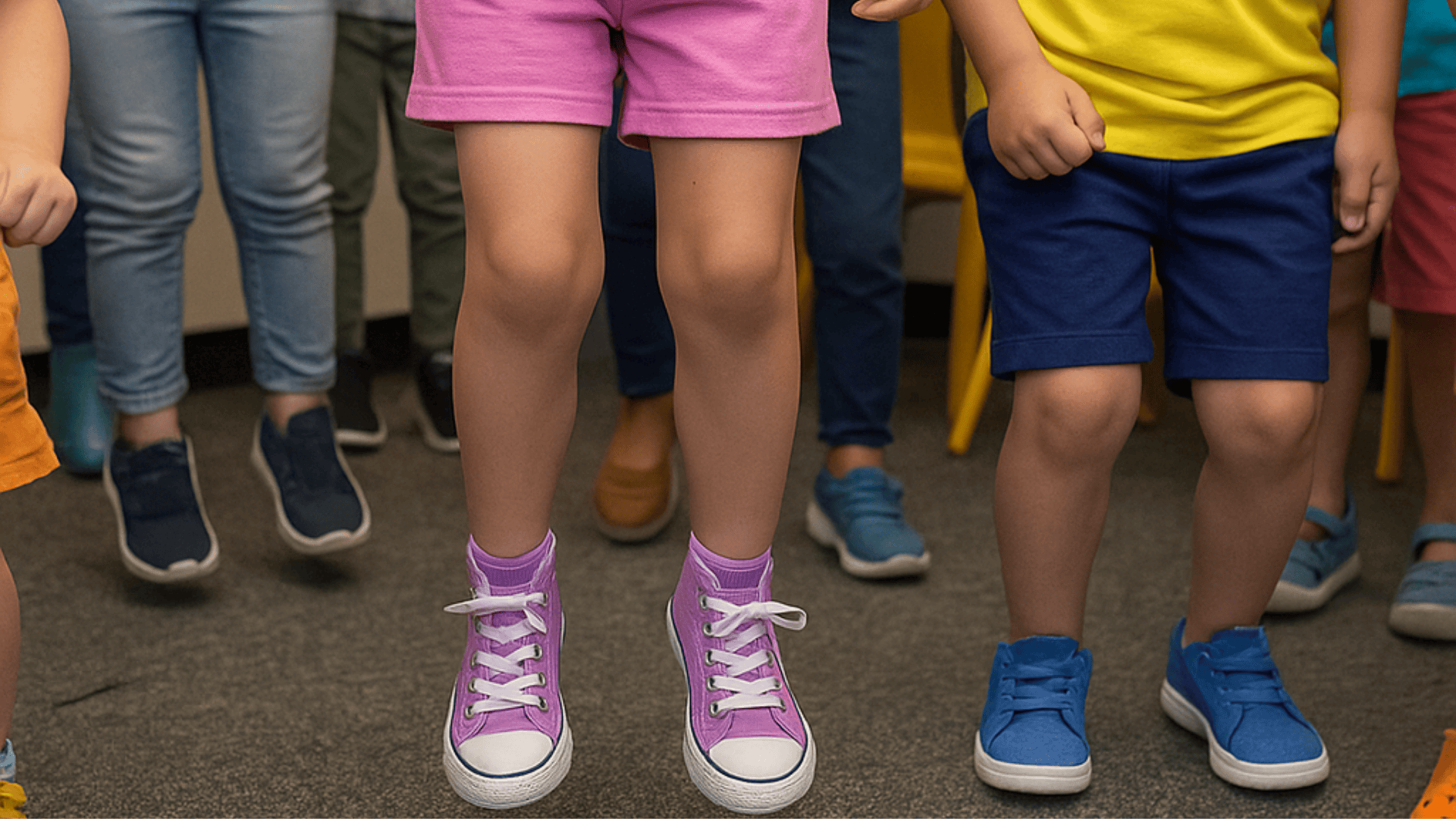
Play songs where kids clap, jump, or stomp to a certain number. For example, “Clap three times” or “Stomp five times.”
This blends movement with numbers, reinforcing counting in a physical way. It’s especially helpful for energetic preschoolers who learn better when they’re active.
46. Dancing with Number Cards

Write numbers on cards and scatter them around the room. Play music and let your child dance. When the music stops, call out a number, and they must find and stand on it.
This activity combines listening, movement, and number recognition. It’s a lively way to practice identifying numbers quickly.
47. Musical Chairs with Numbers
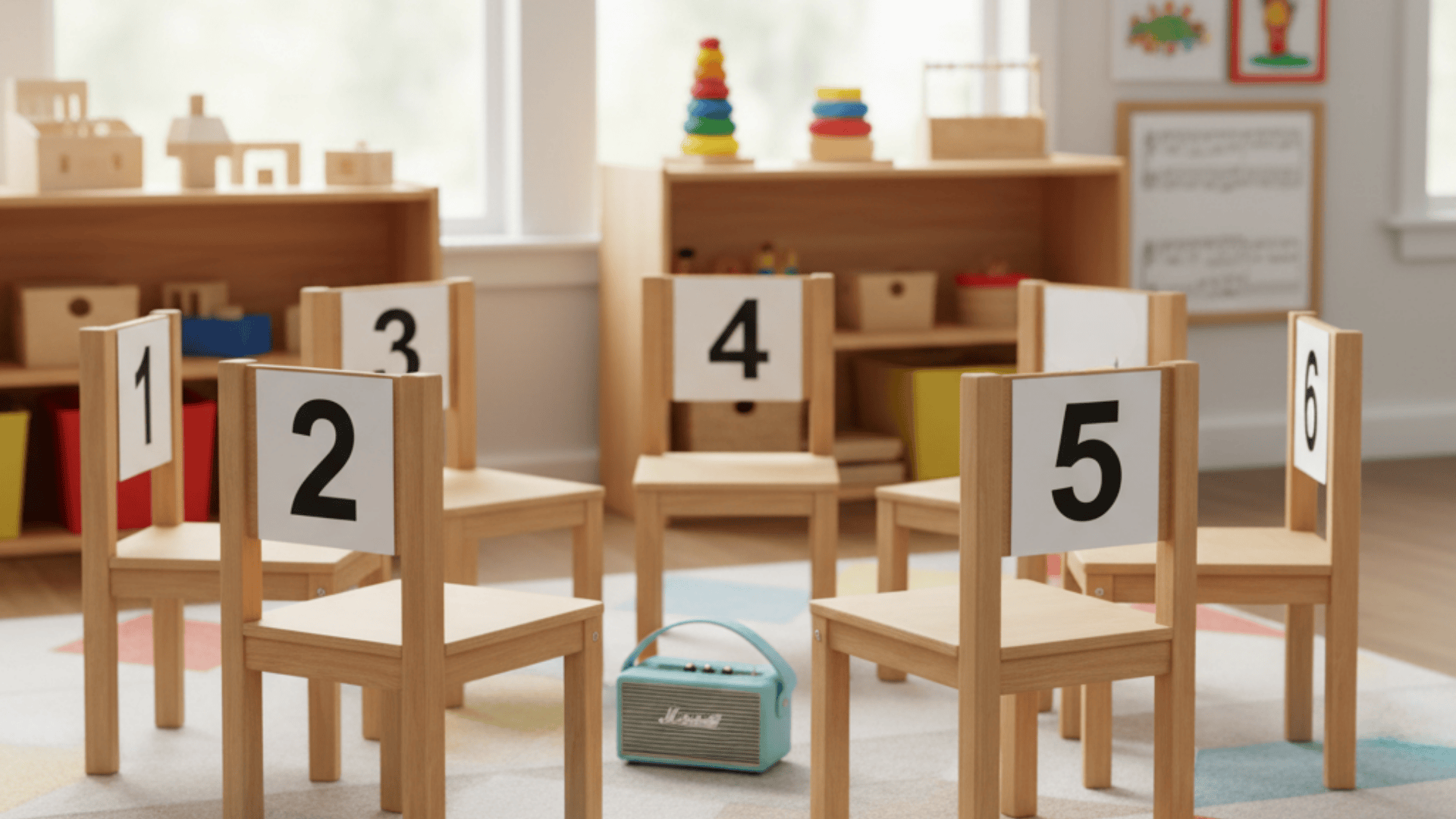
Set up chairs and label each with a number. Instead of removing chairs, call out a number when the music stops, and your child has to sit on the chair with that number.
This keeps all kids involved without anyone feeling left out. It builds number recognition while adding fun competition.
48. Rhythm and Beat Counting

Give your child a small drum, shaker, or even pots and spoons. Tap out beats and ask them to count how many they hear.
Then let them try making their own beats while you count. Rhythm practice builds listening and counting skills together. It’s a fun way to connect music and math in daily play.
Seasonal and Holiday Math Fun
Holidays and seasons are perfect for adding playful math. These activities bring numbers into celebrations, making math feel exciting and meaningful:
49. Counting Pumpkins (Fall)
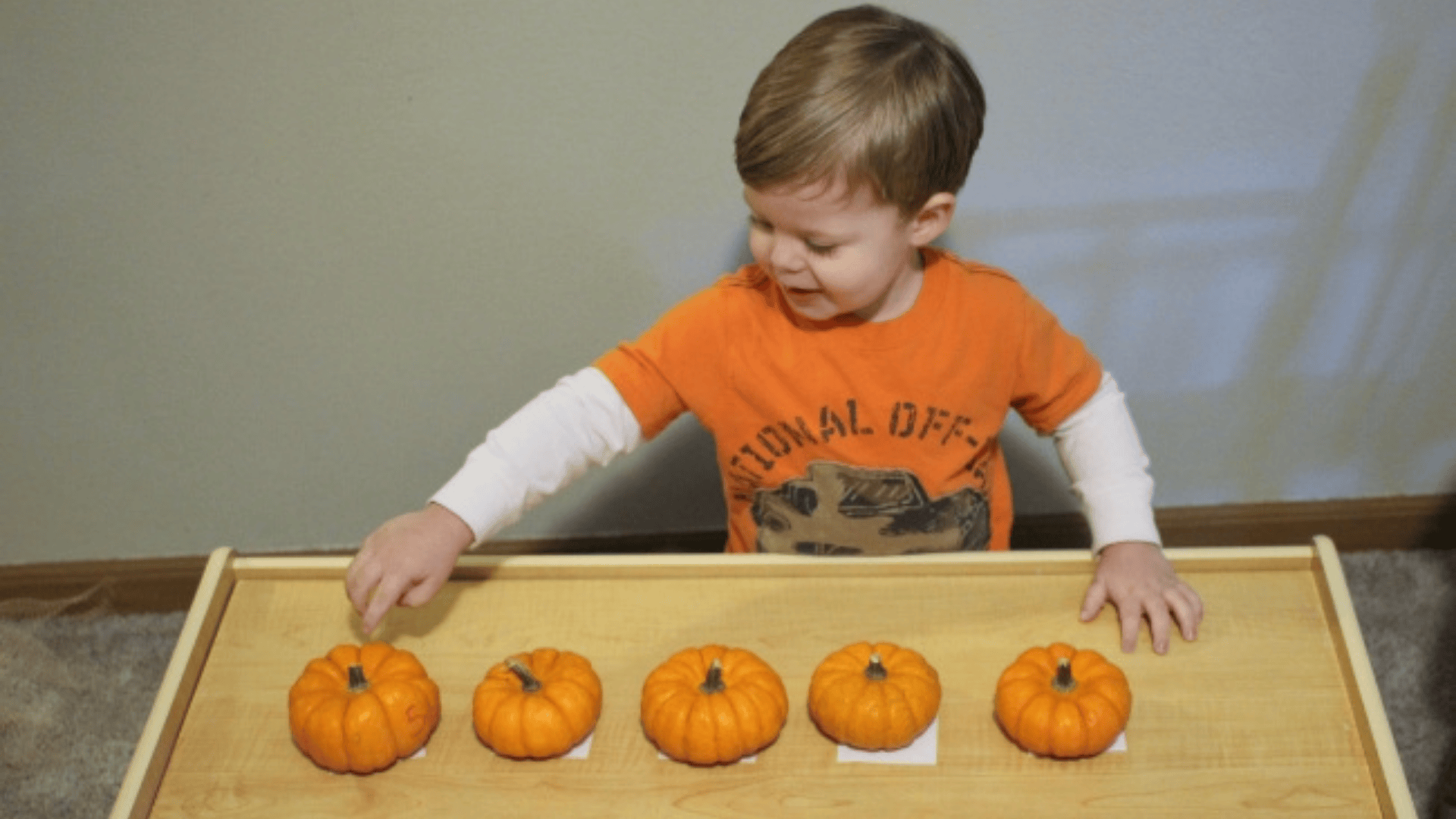
Line up small pumpkins or toy pumpkins and ask your child to count them. You can arrange them in groups of twos or threes for early skip-counting.
For older preschoolers, hide a few pumpkins and let them search while counting. This seasonal activity connects counting with fall traditions, keeping math playful and festive.
50. Snowflake Shape Sorting (Winter)

Cut out paper snowflakes or use snowflake stickers in different sizes. Ask your child to sort them by small, medium, and large, then count how many are in each group.
Sorting adds structure, while snowflakes introduce seasonal fun. This activity also sharpens observation skills since each snowflake looks a little different.
51. Flower Petal Counting (Spring)
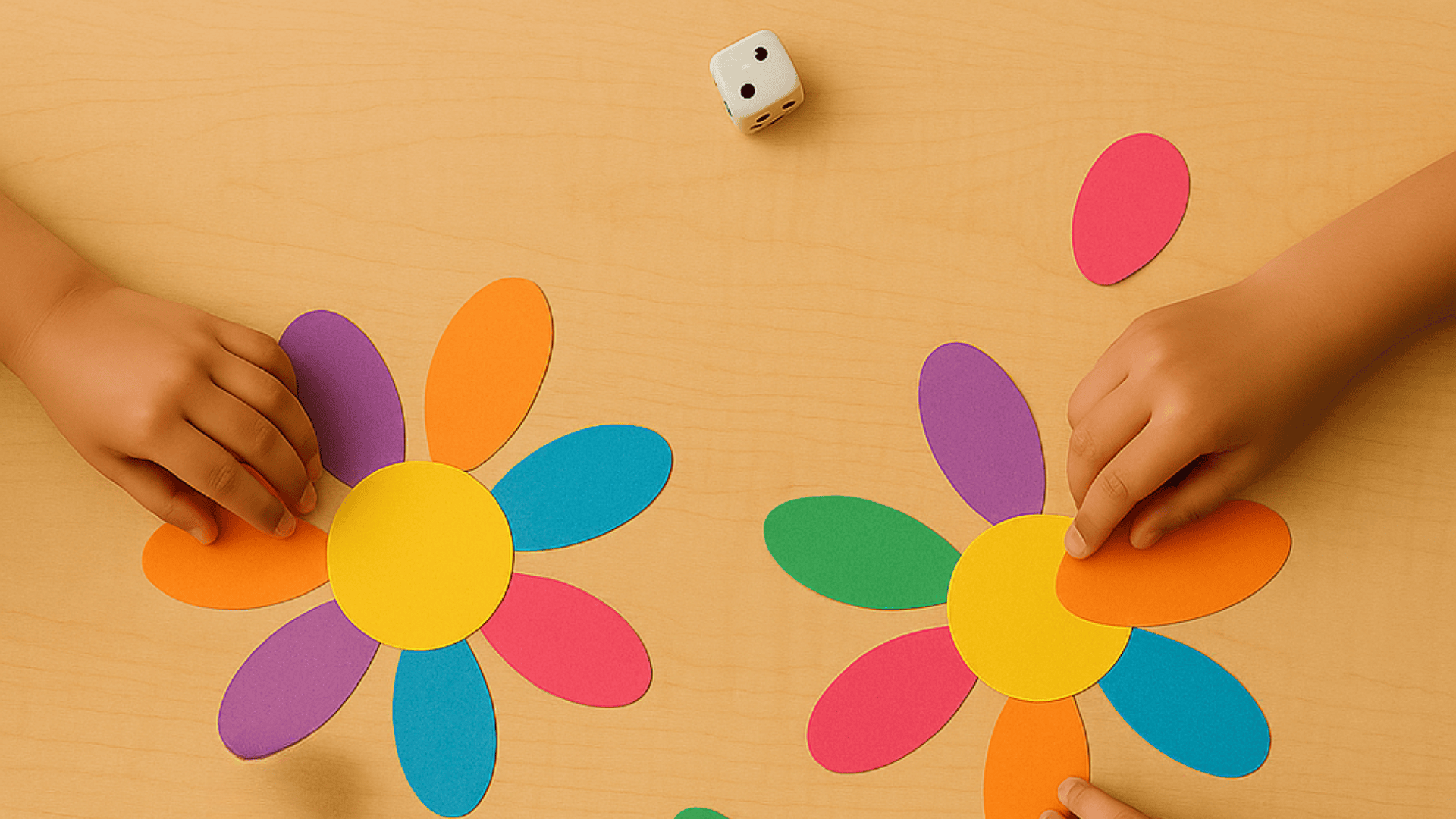
In this game, preschoolers roll a dice, count the dots, and attach that many petals to a paper flower. The game continues until their flower is complete.
This spring-themed activity encourages number recognition, counting skills, and fine motor development.
Children enjoy the playful process of “growing” colorful flowers while learning math in a fun and hands-on way.
52. Seashell Sorting(Summer)
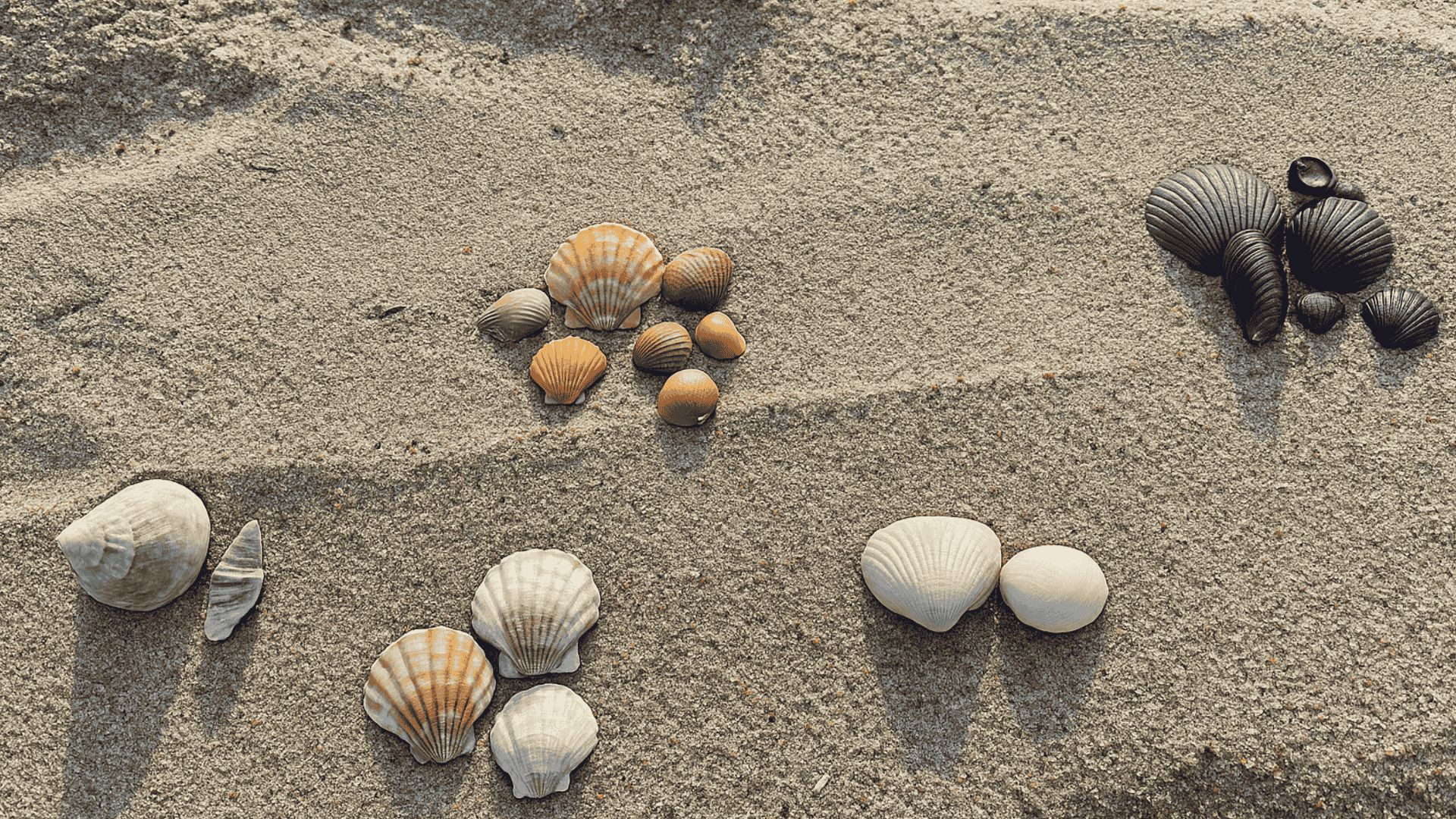
Collect seashells at the beach or use toy shells at home. Ask your child to sort them by size, color, or type.
Once sorted, they can count each group and compare which one has more or fewer items. Seashell sorting blends math with nature, making summer outings both fun and educational.
53. Holiday Ornament Counting

During the holidays, involve your child in decorating the tree. Ask them to count ornaments as they hang them or sort them by shape or color.
You can also play “find the star” or “how many red ornaments.” This activity ties math into family traditions, showing kids that numbers are part of celebrations too.
DIY Math Crafts and Hands-On Projects
Crafts are a fun way for preschoolers to practice math while creating something they can be proud of. These activities mix art, play, and numbers:
54. Art Projects with Shapes and Patterns

Set up a simple art station with paper, scissors, and colorful stickers or cutouts. Encourage your child to make pictures using circles, triangles, and squares. You can also guide them to arrange stickers in repeating patterns.
This activity mixes art and math, helping kids practice shapes and sequencing. They’ll enjoy creating while learning without even realizing it.
55. Playdough Numbers and Shapes
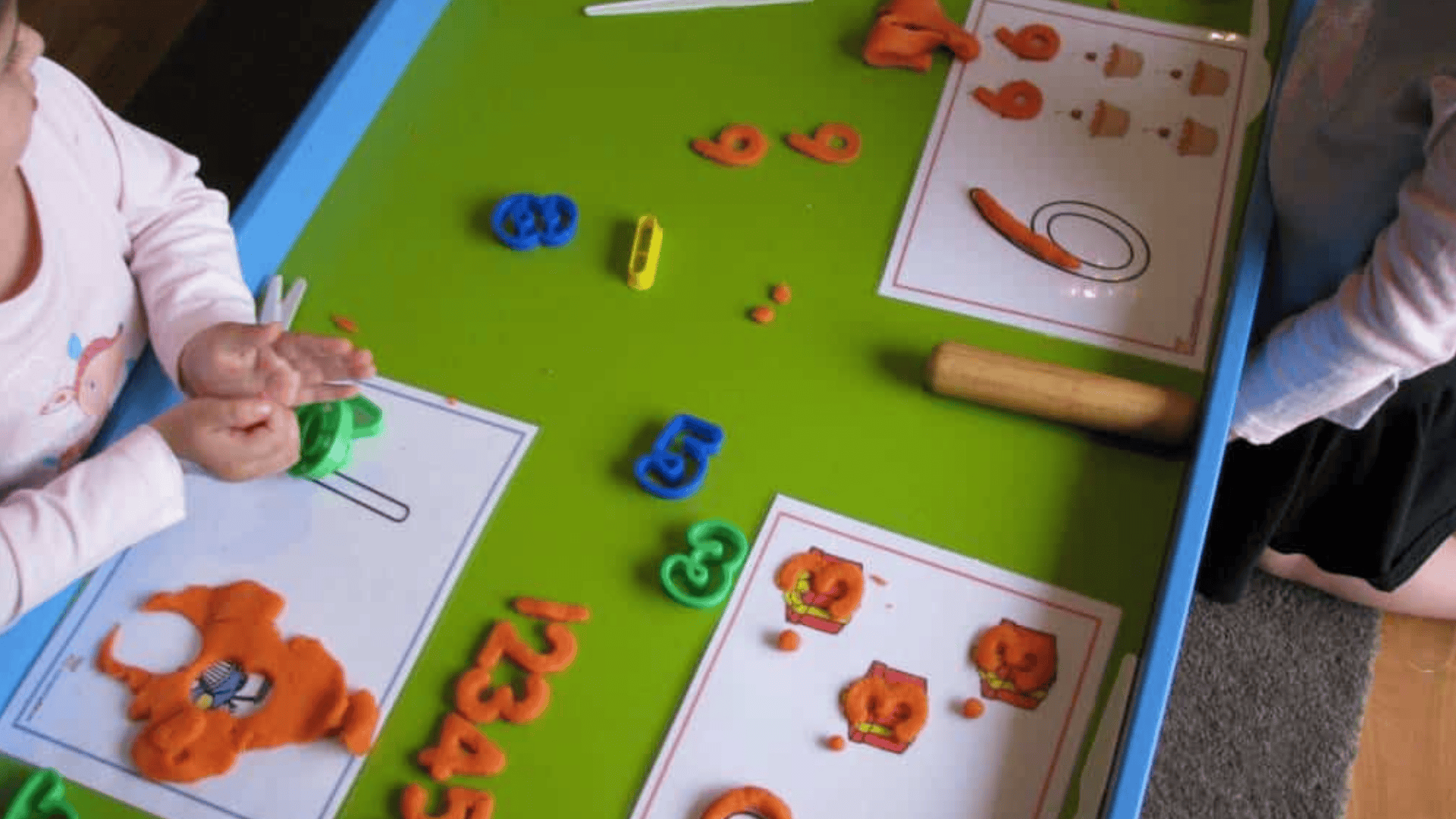
Roll out playdough and form numbers or shapes together. You can use cookie cutters or trace over cards. Ask your child to count how many shapes they make or match numbers to objects.
Playdough strengthens fine motor skills while giving a tactile way to learn math. It’s an activity kids can repeat often without getting bored.
56. DIY Abacus with Beads
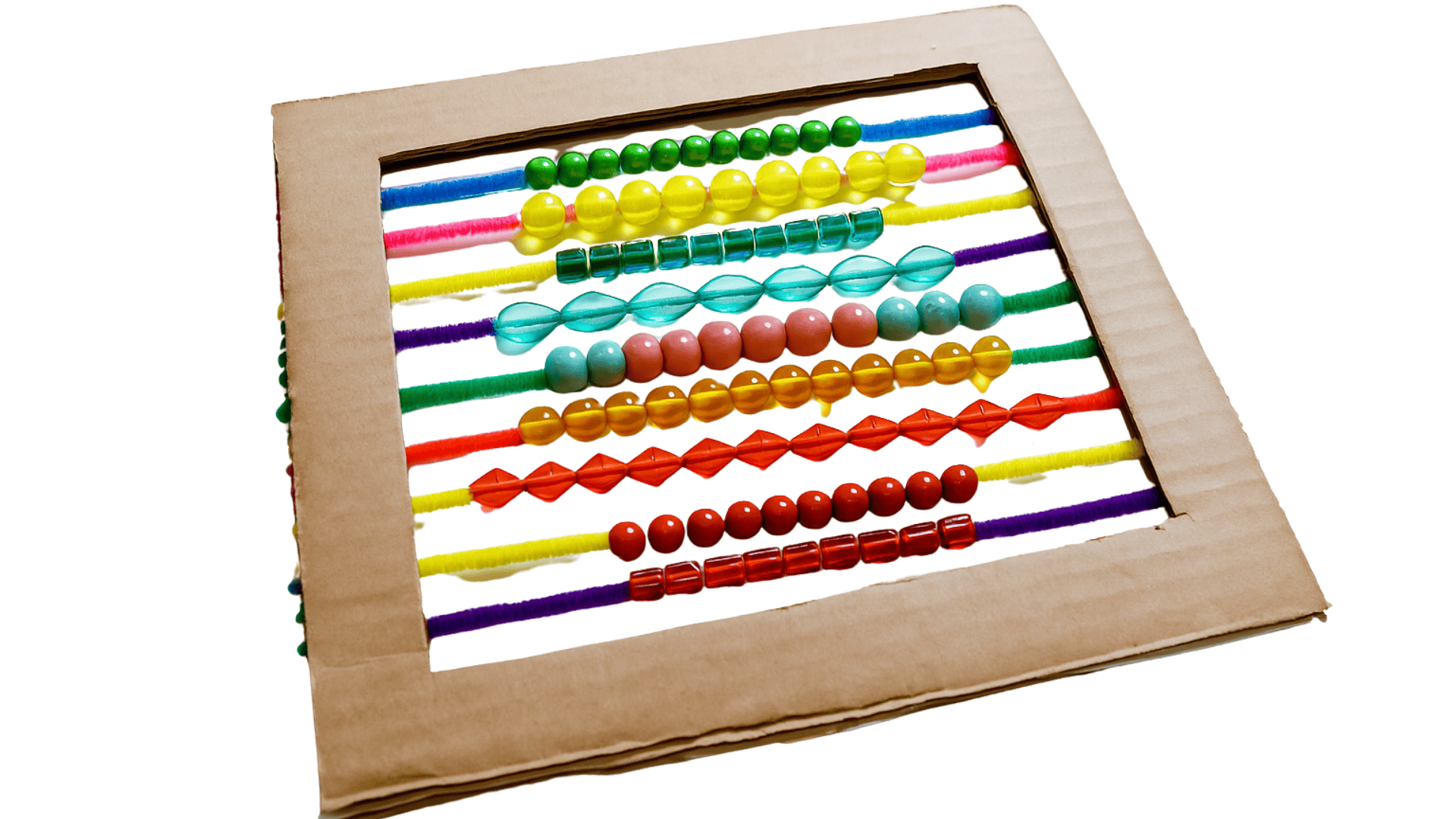
Make a simple abacus using a cardboard frame and strings with beads. Show your child how sliding beads can help with counting and grouping. Let them figure it out by moving beads one at a time and counting aloud.
This hands-on tool introduces mathematical concepts in a playful and interactive way. Kids love using something they helped create.
Learning math with preschoolers doesn’t have to be complicated. With playful activities like these, kids learn to see numbers, shapes, and patterns in everyday life.
The goal is to keep it fun and hands-on so math becomes something they enjoy, not something they fear.
Tips for Parents and Teachers
Supporting preschoolers in math is most effective when activities are fun and achievable. Here are a few ways to make learning smoother for kids at different stages:
- How to Adapt Activities for Home vs. the Classroom: At home, use everyday objects like snacks, toys, or laundry items. In classrooms, add group games, stations, and shared tools.
- Ways to scaffold based on age (3, 4, 5): Age 3-simple counting and sorting. Age 4-patterns and comparisons. Age 5-early addition and measuring.
- Encouraging confidence and curiosity: Praise effort, not just correct answers. Let kids try, make mistakes, and adjust.
- Inclusive strategies (fine motor, sensory-friendly options): Use larger beads, chunky crayons, or textured shapes. Sensory bins filled with rice, beans, or water also work well.
These tips make it easier to adjust activities so every child feels capable and excited about learning math.
Wrapping Up
You’ve just seen how simple, playful moments can turn everyday life into math learning for preschoolers.
From counting toys and snacks to sorting shapes or decorating for the holidays, you’ve learnt activities that make numbers feel fun, not forced.
These math activities for preschoolers aren’t about memorizing; they’re about learning, playing, and connecting math to real life.
Try one today, and you’ll see how quickly your child starts recognizing numbers in daily routines. Keep it light, keep it joyful, and let curiosity guide the learning!

